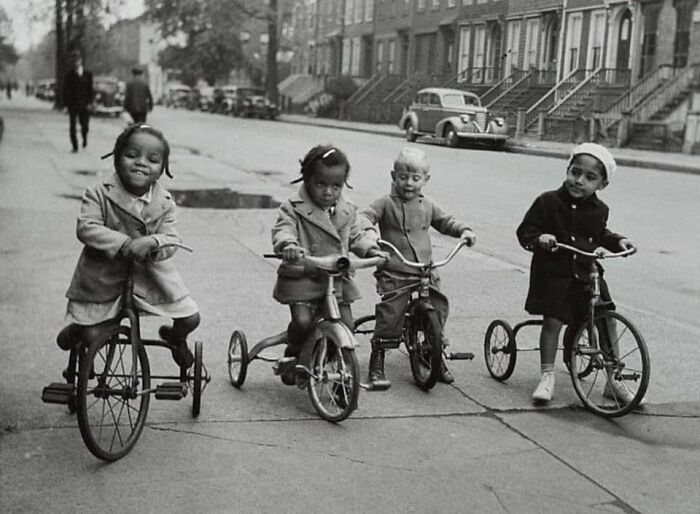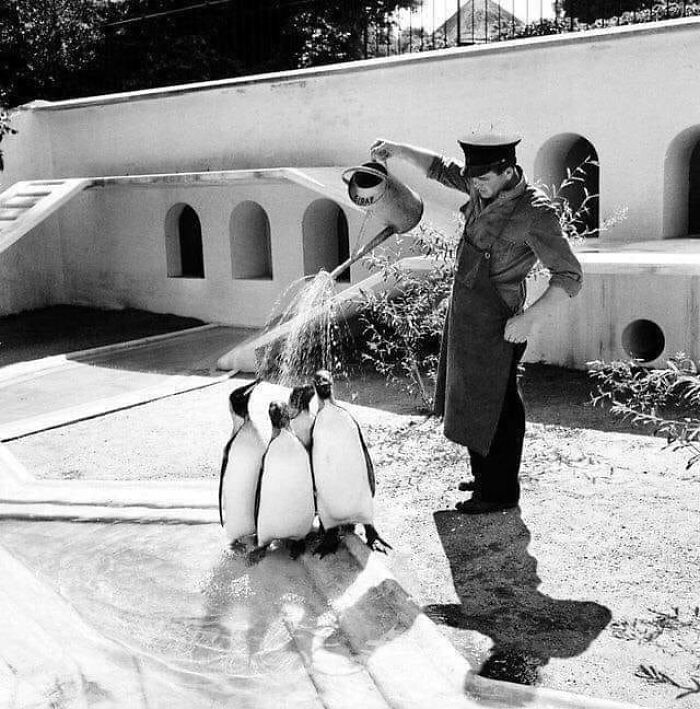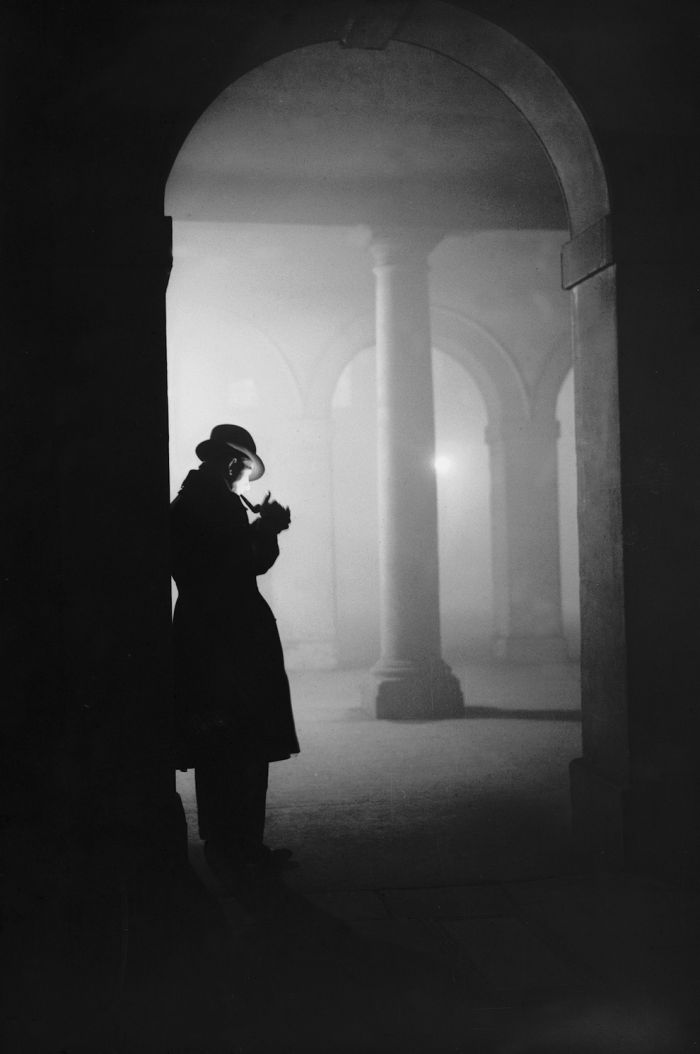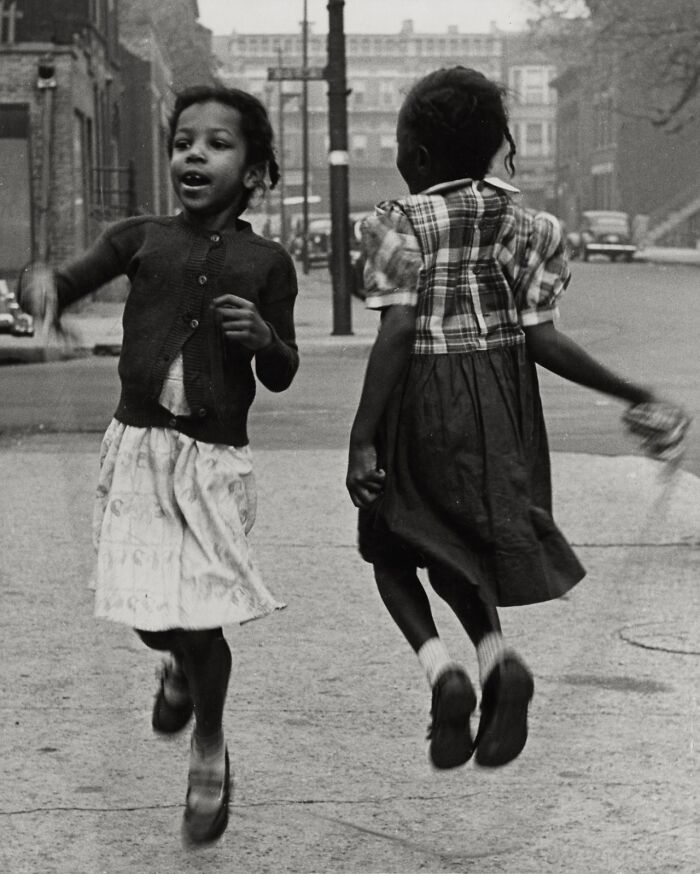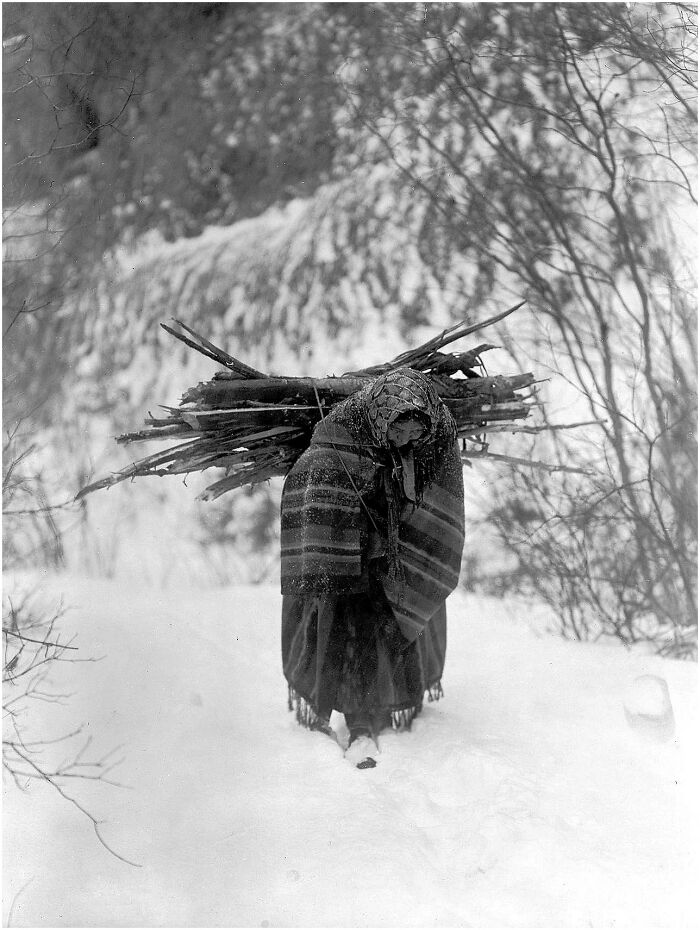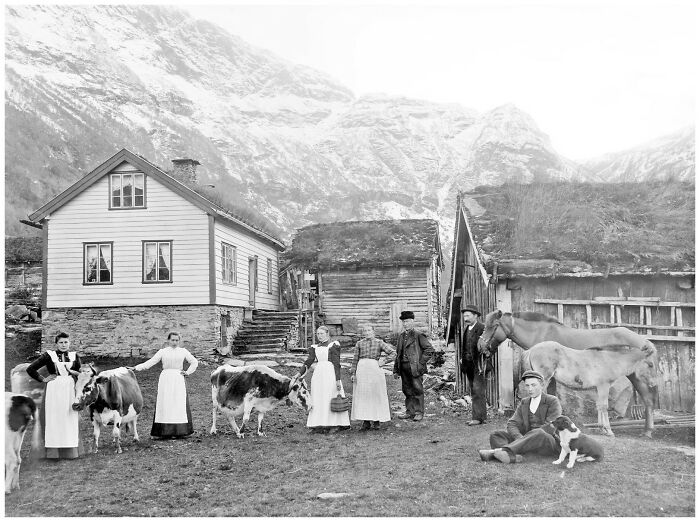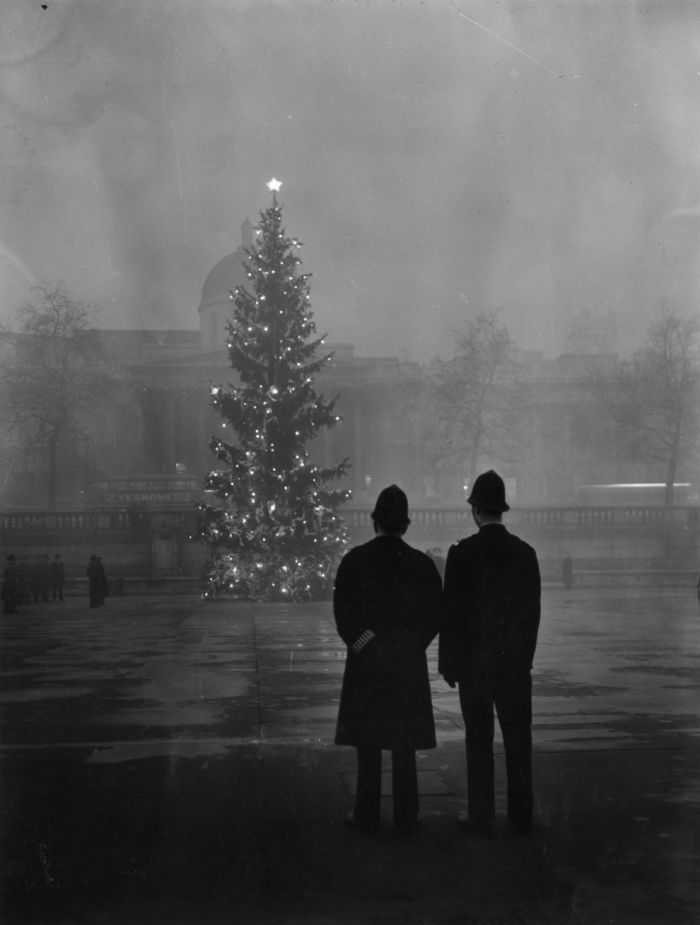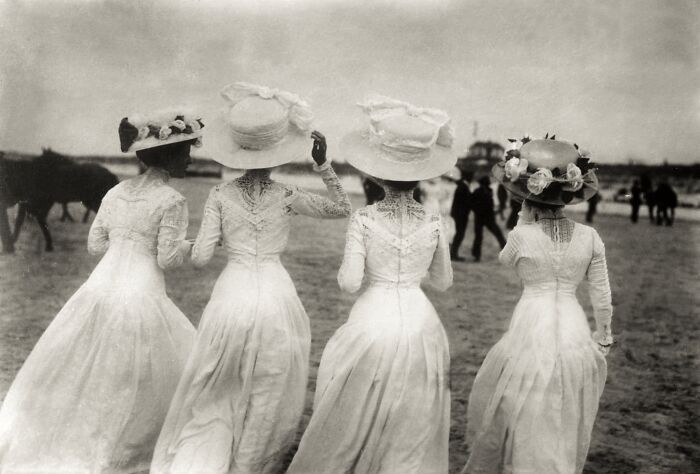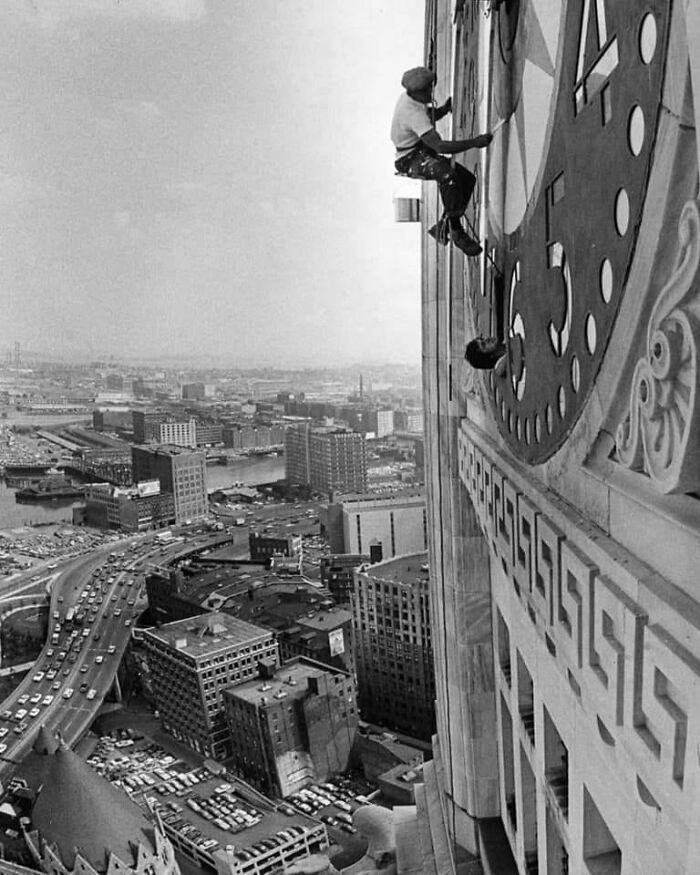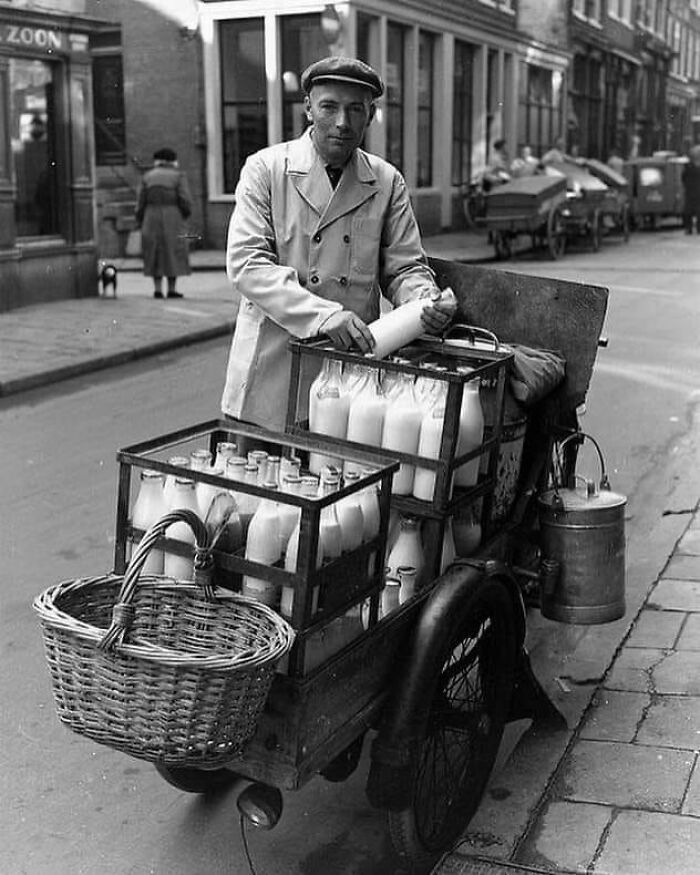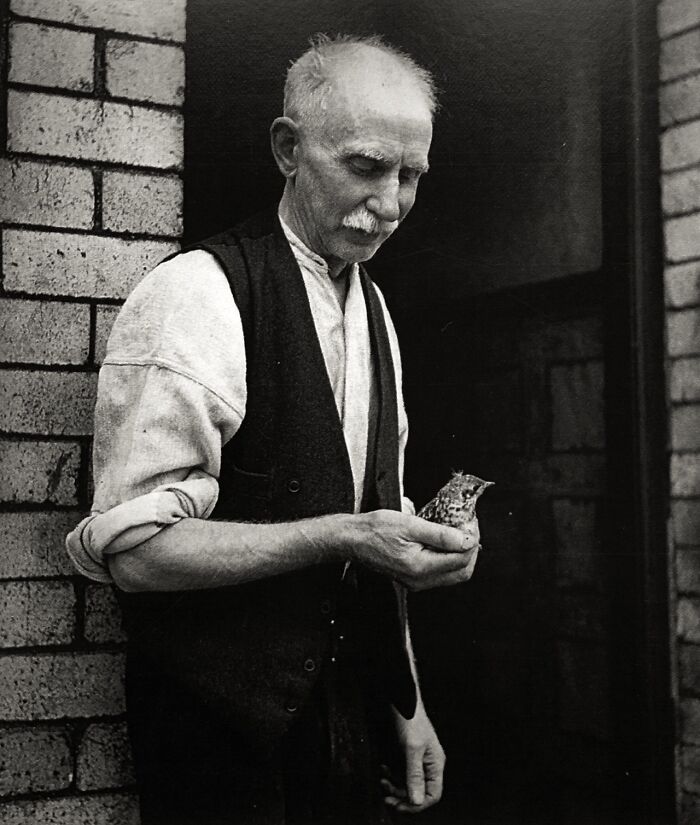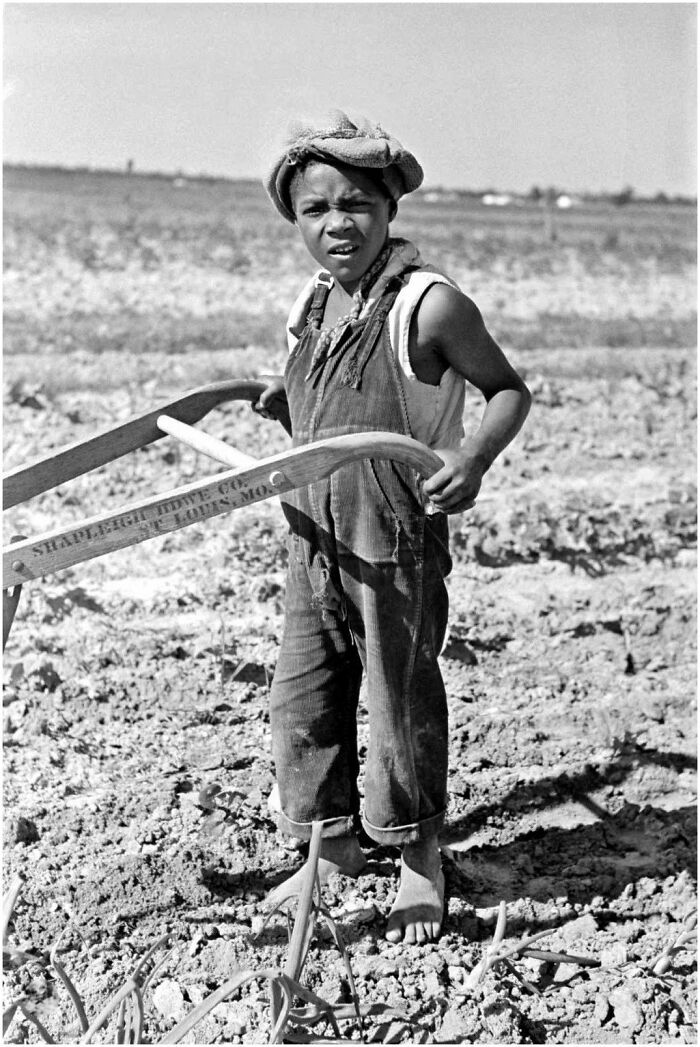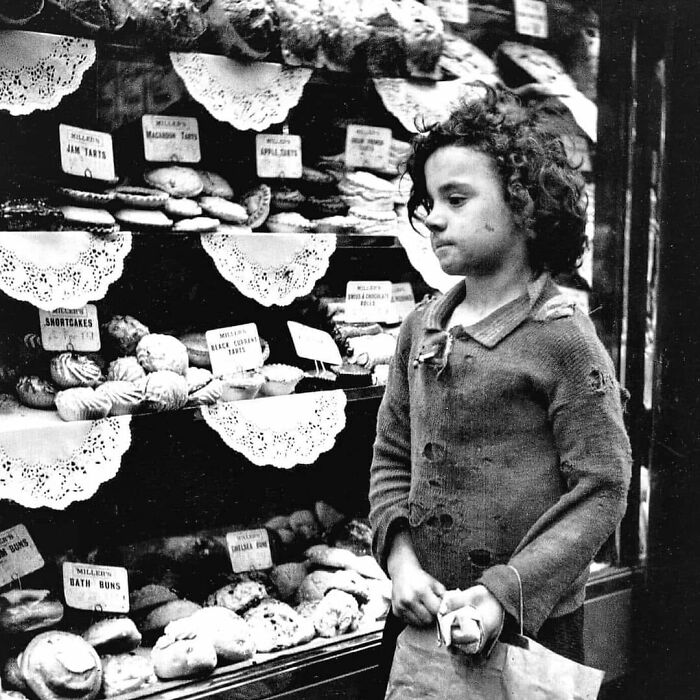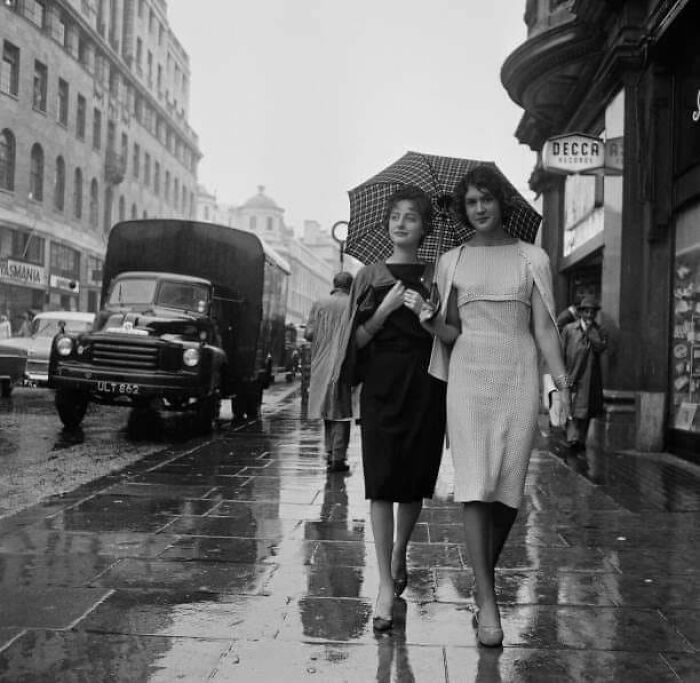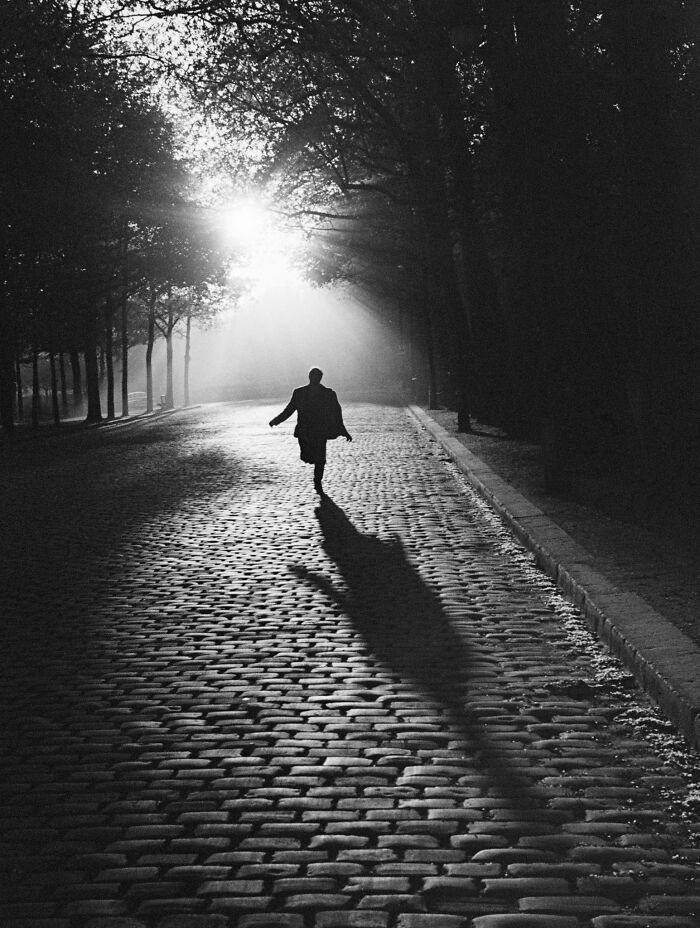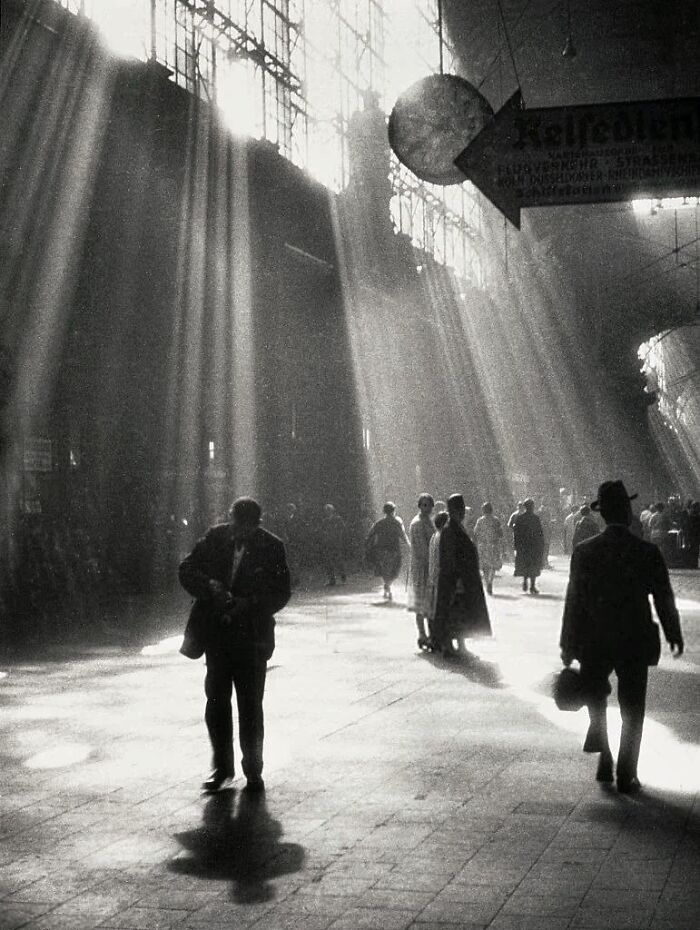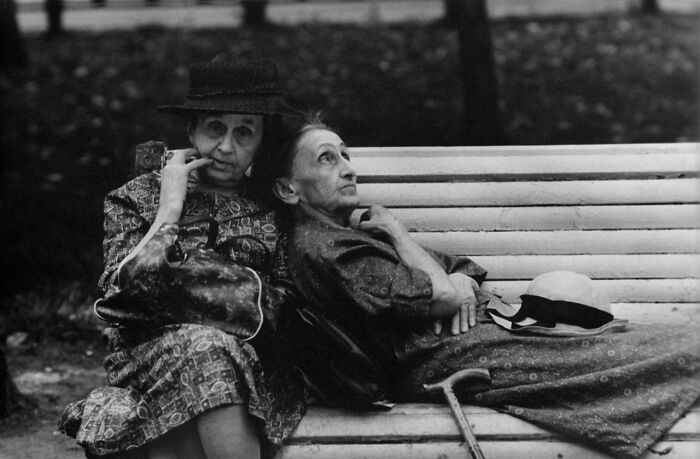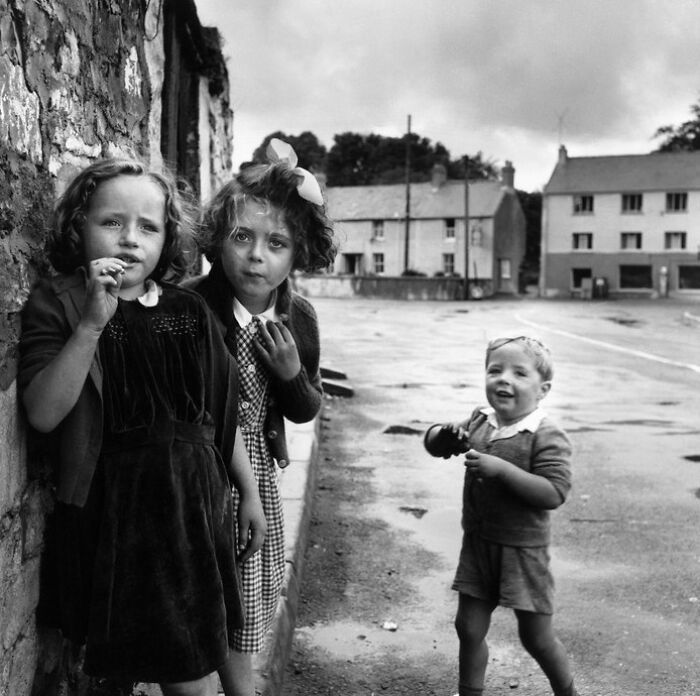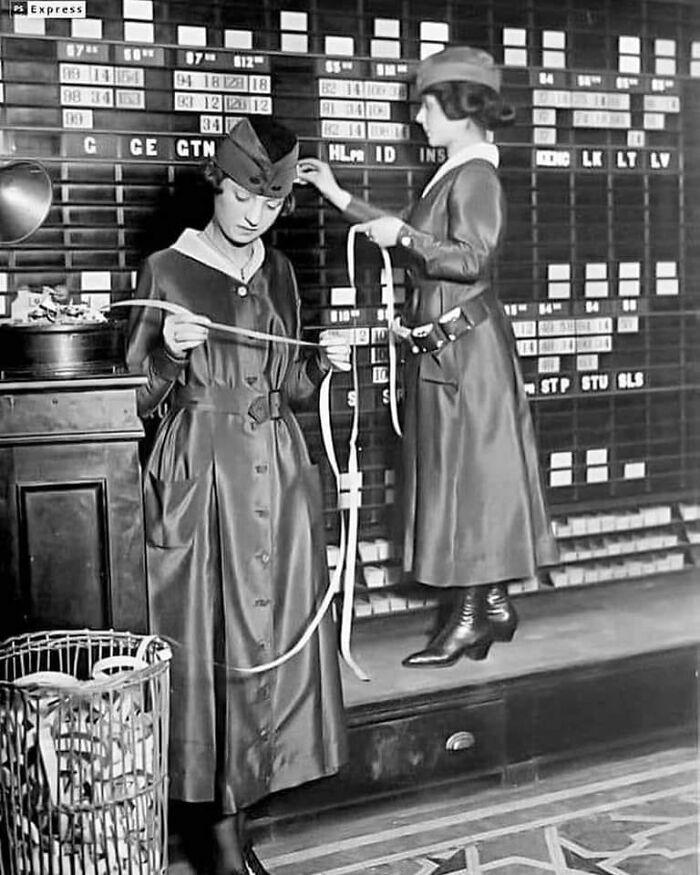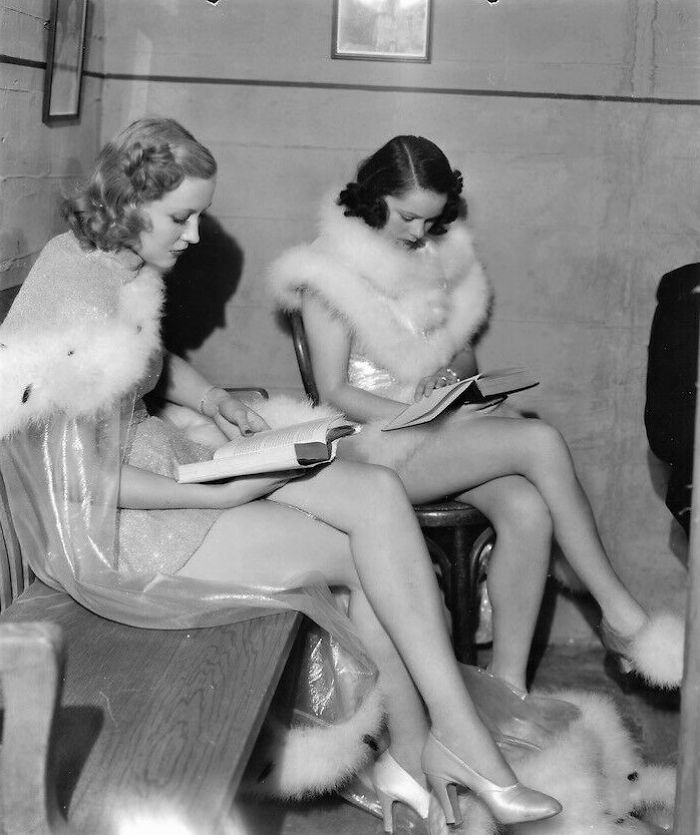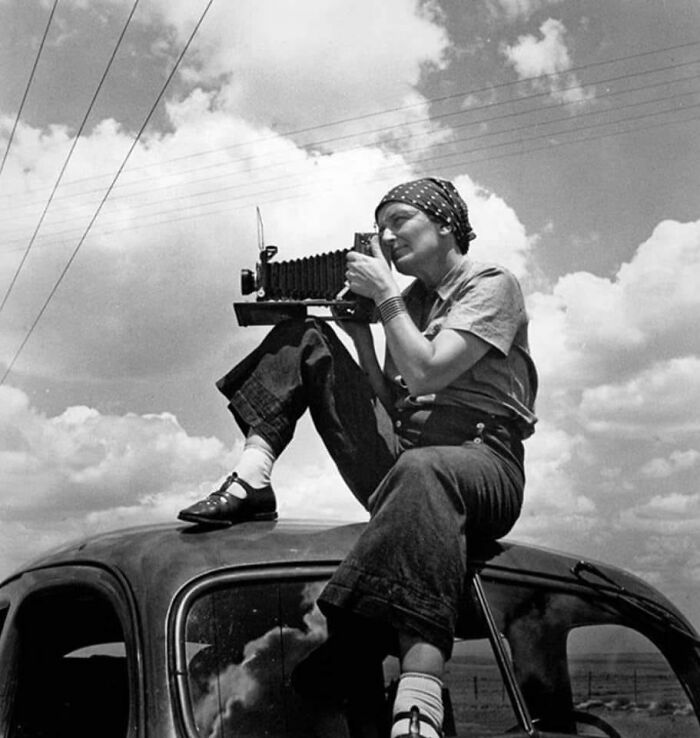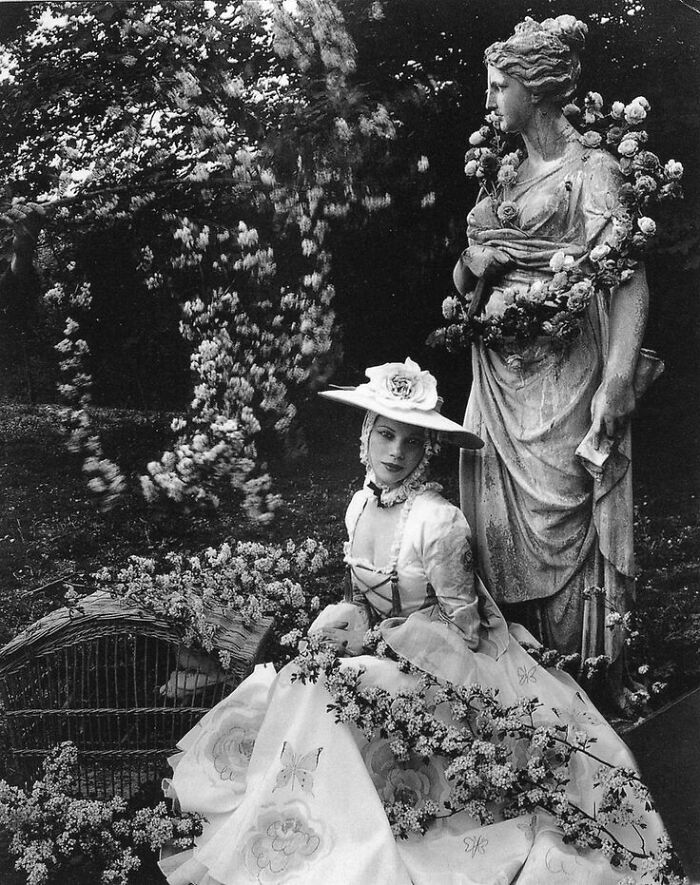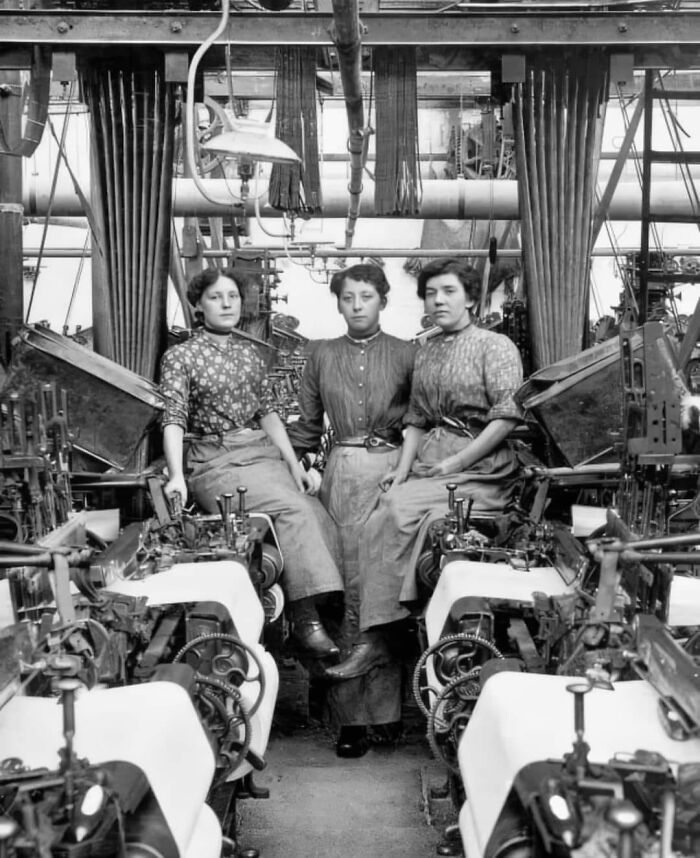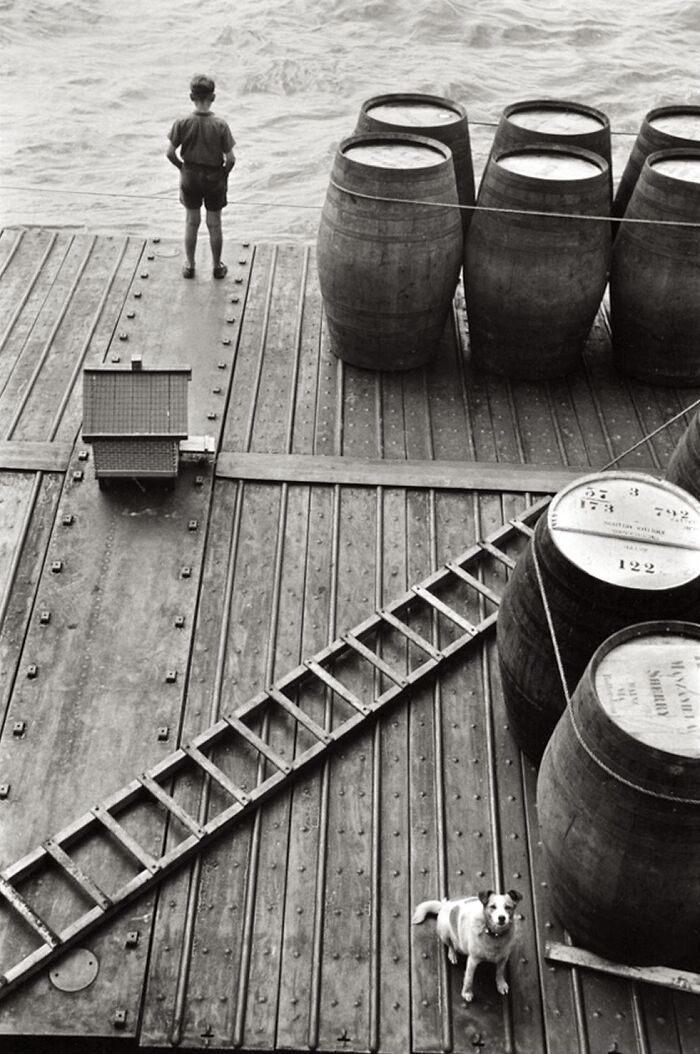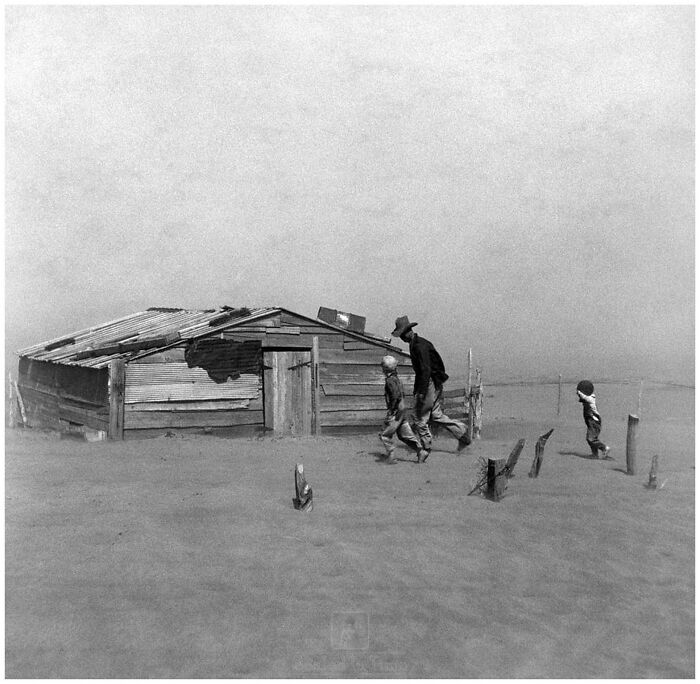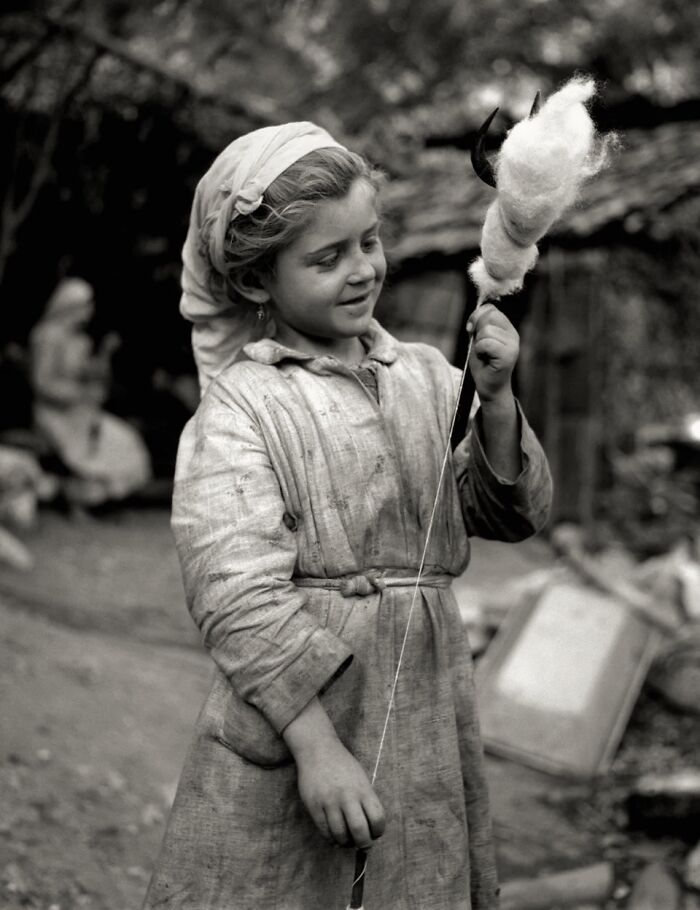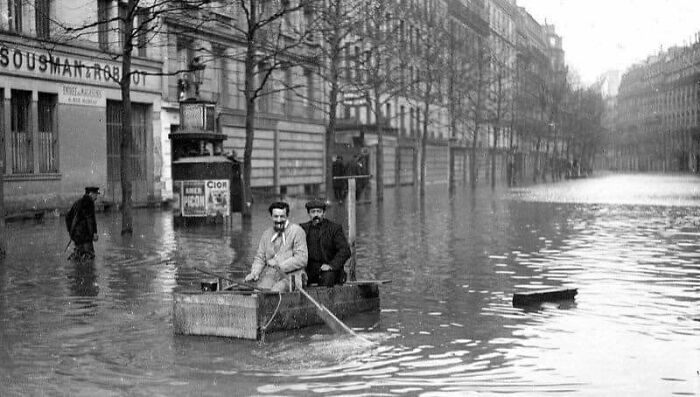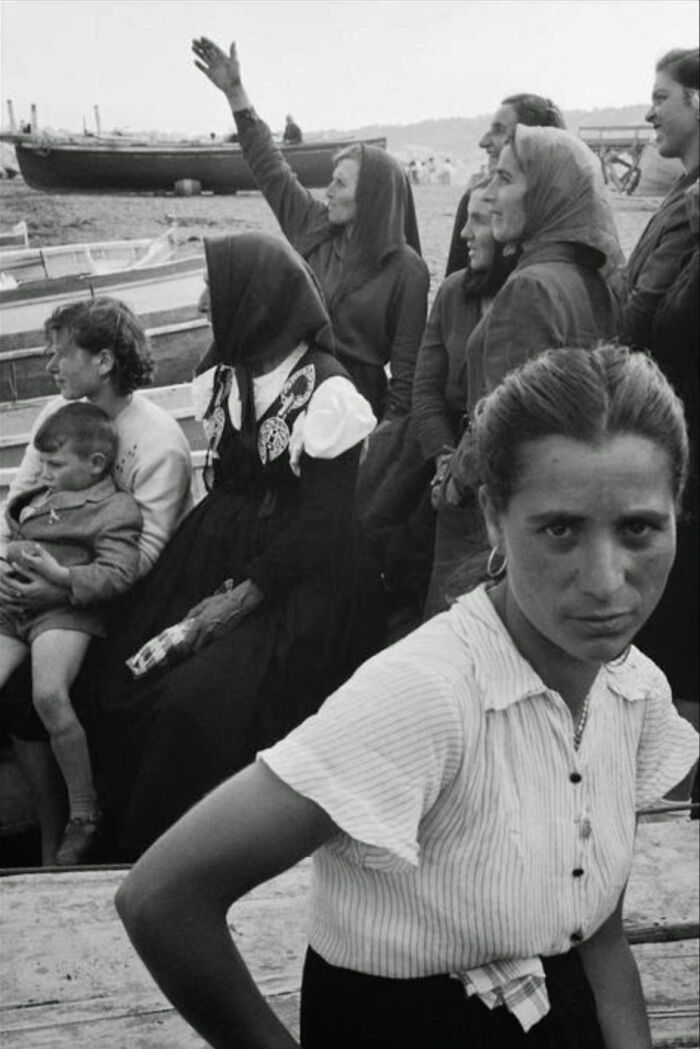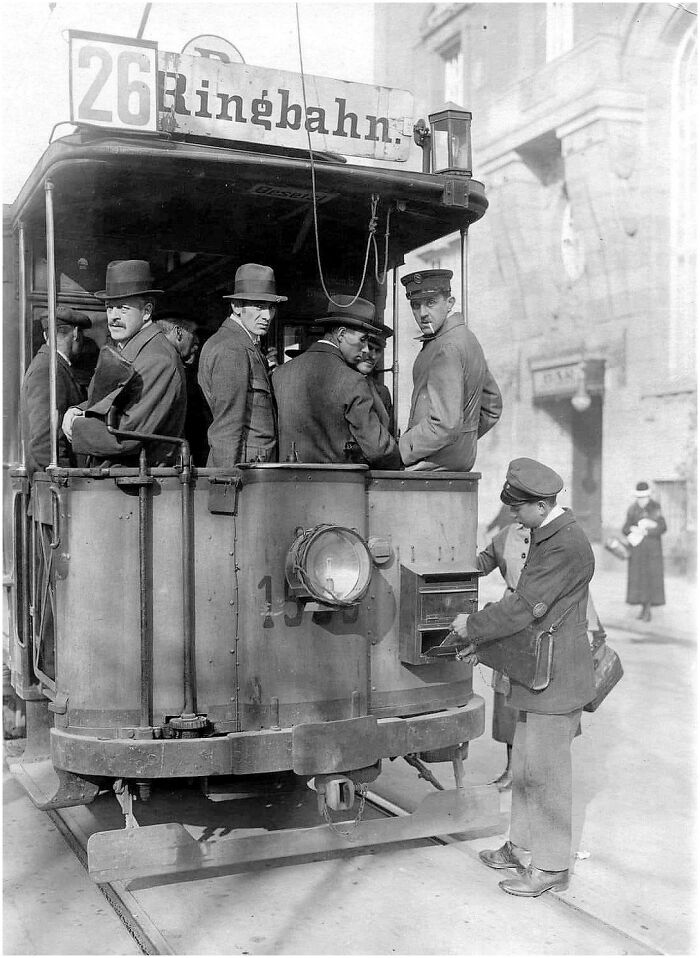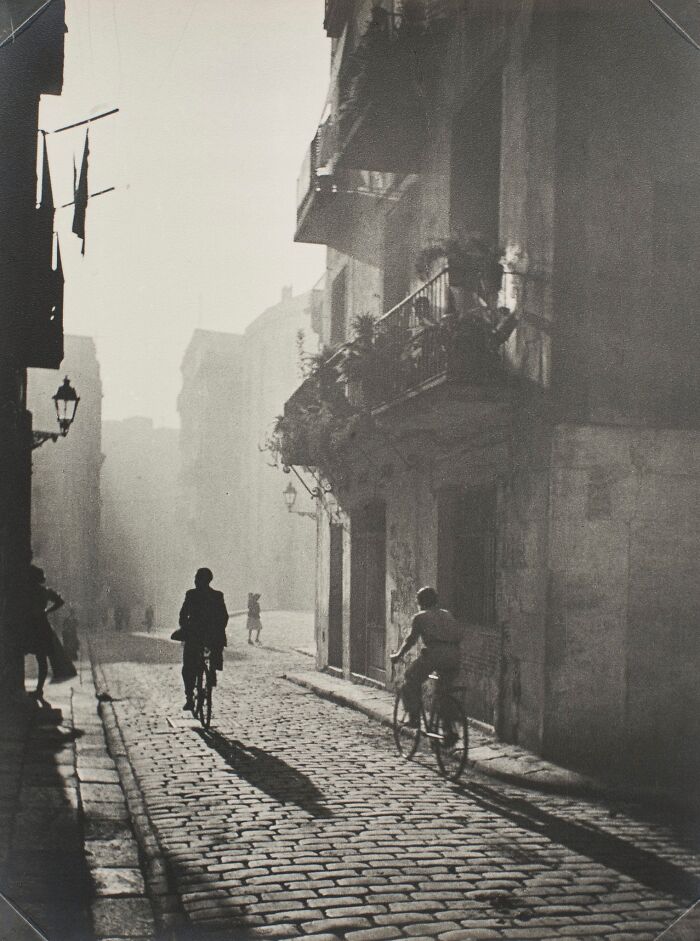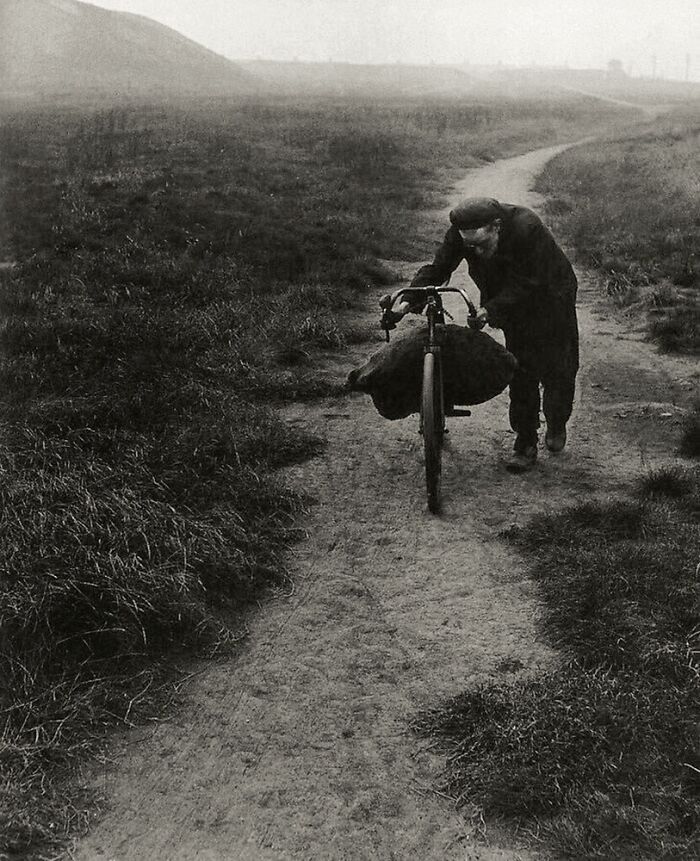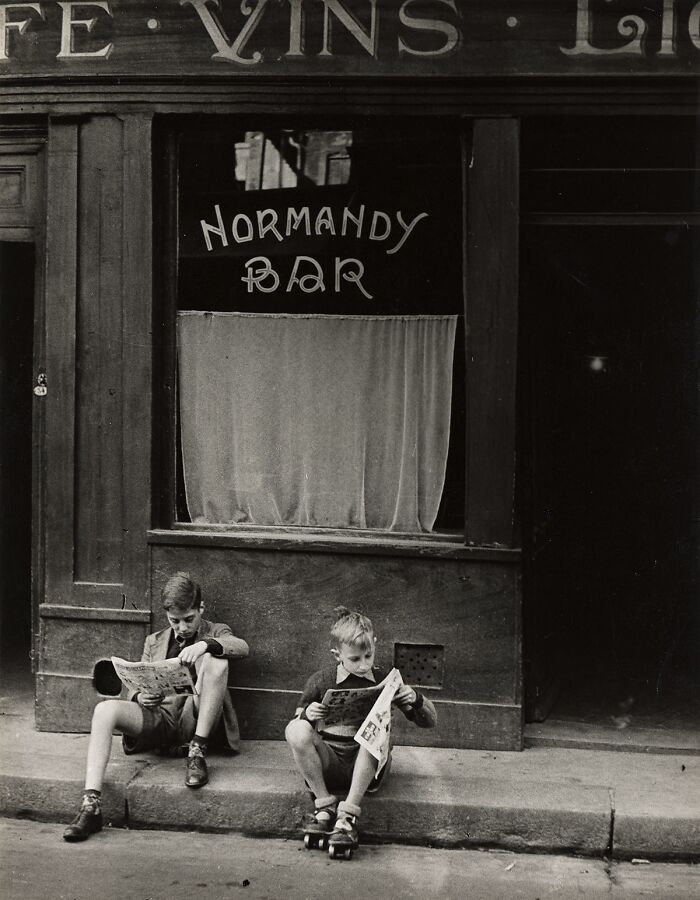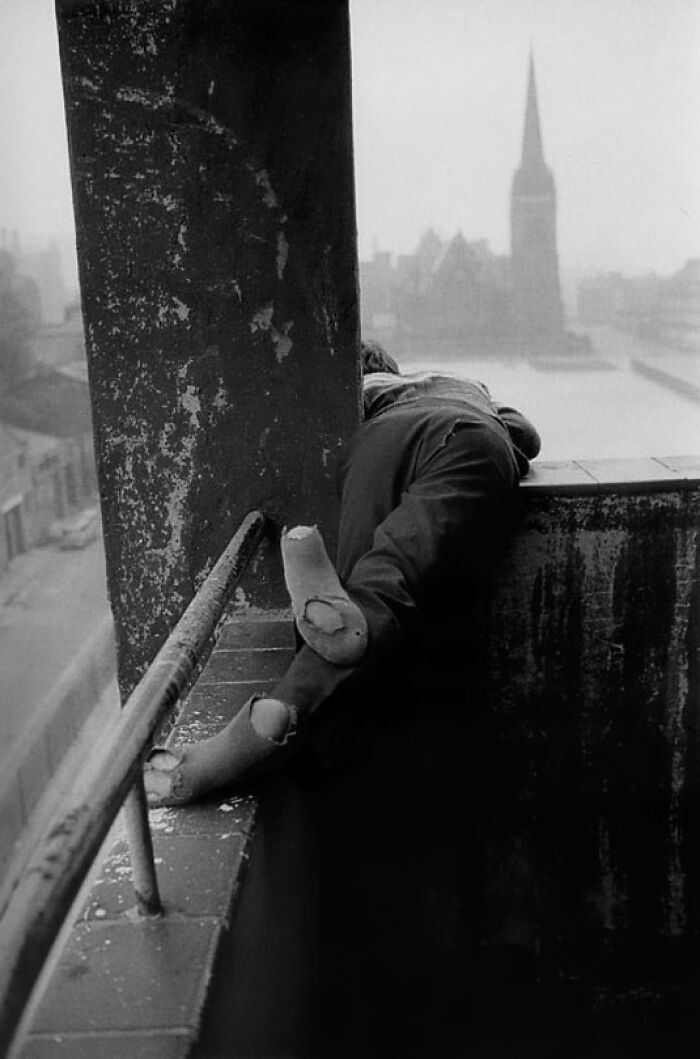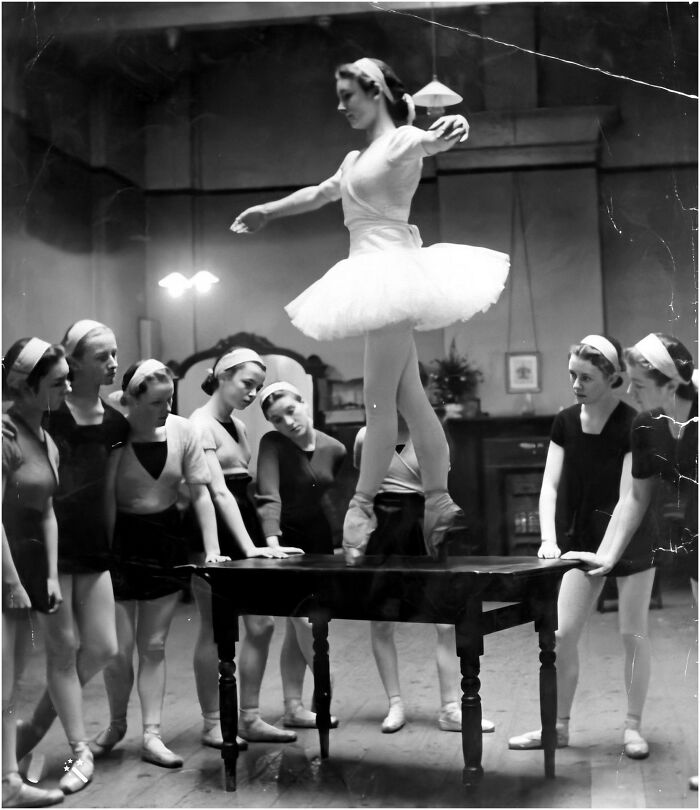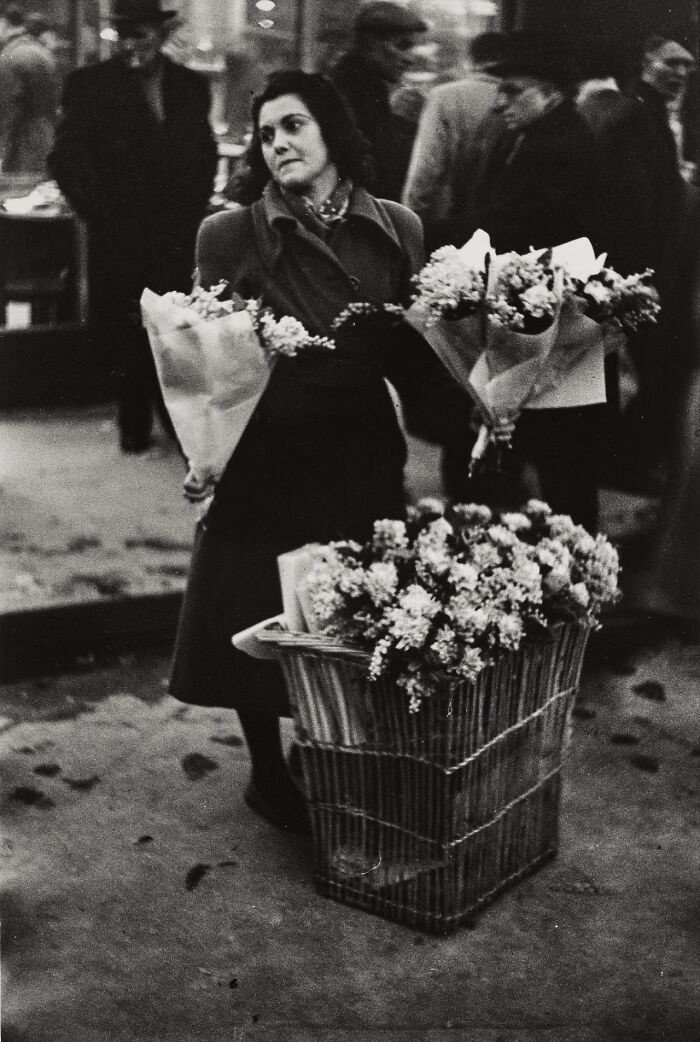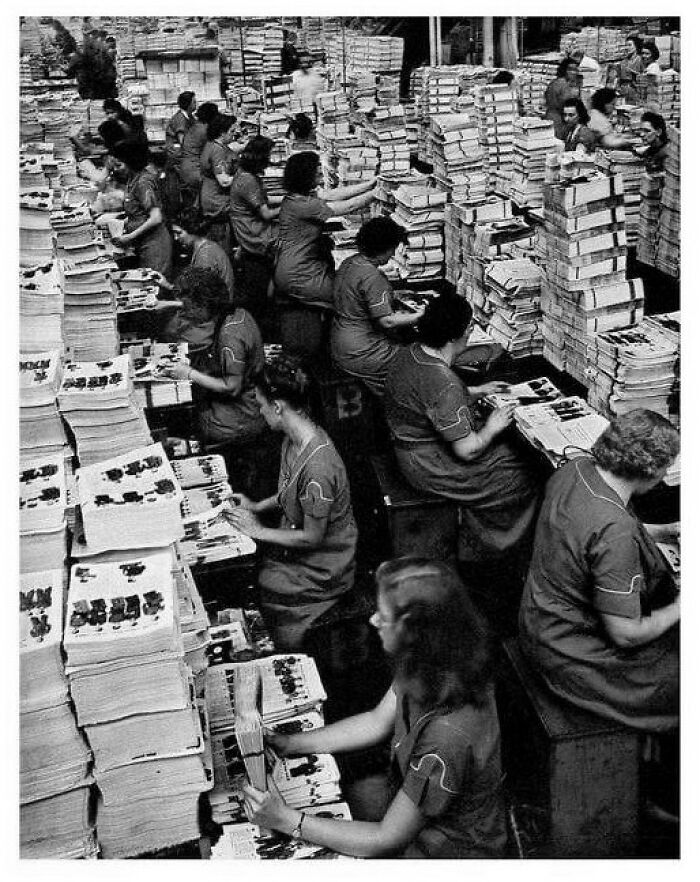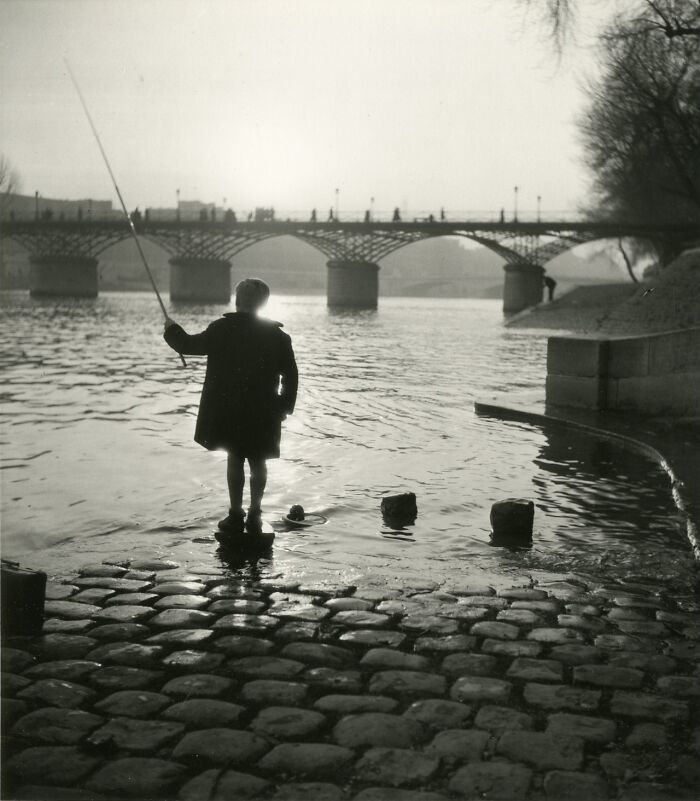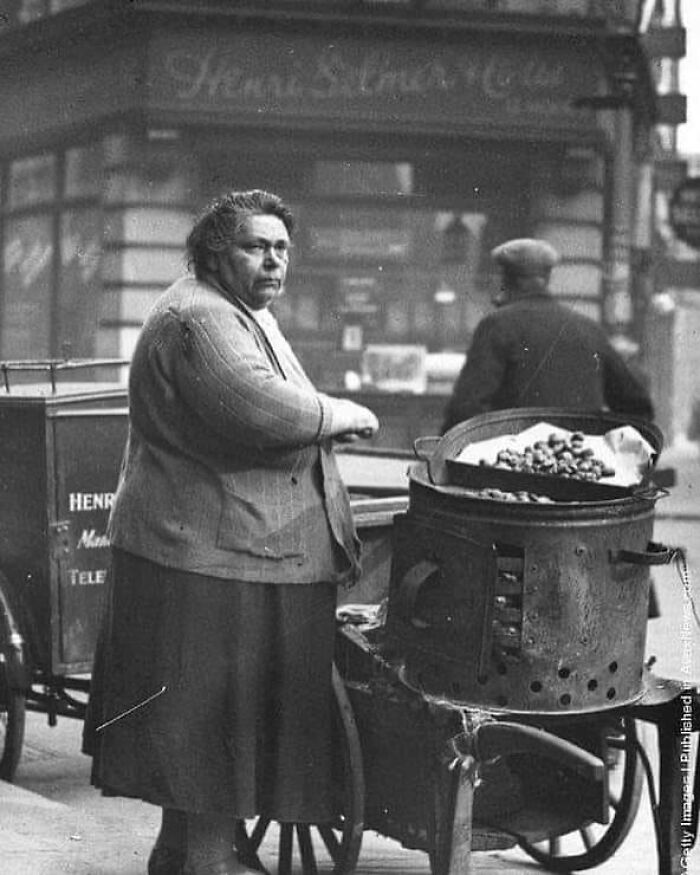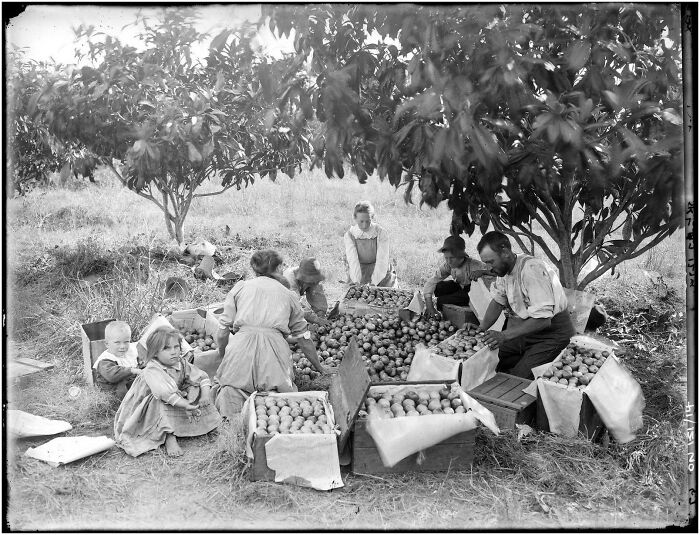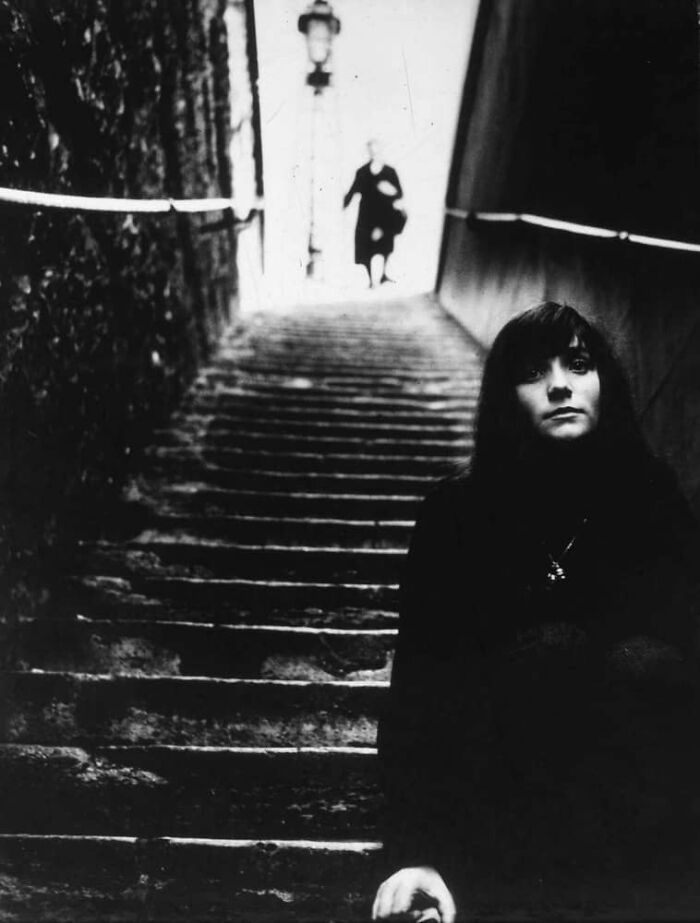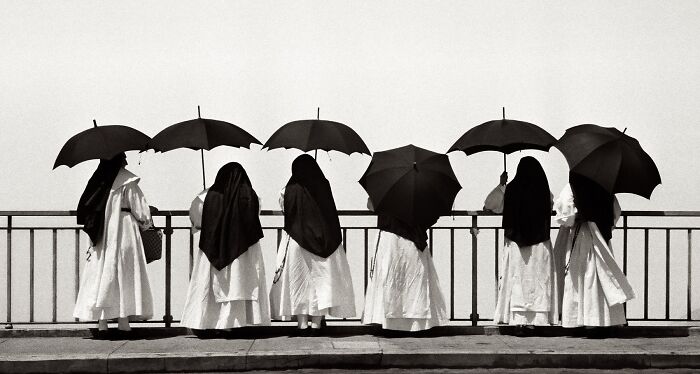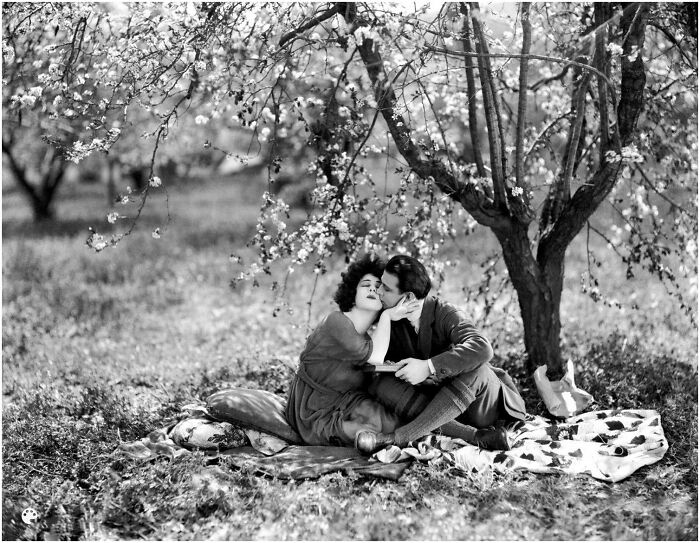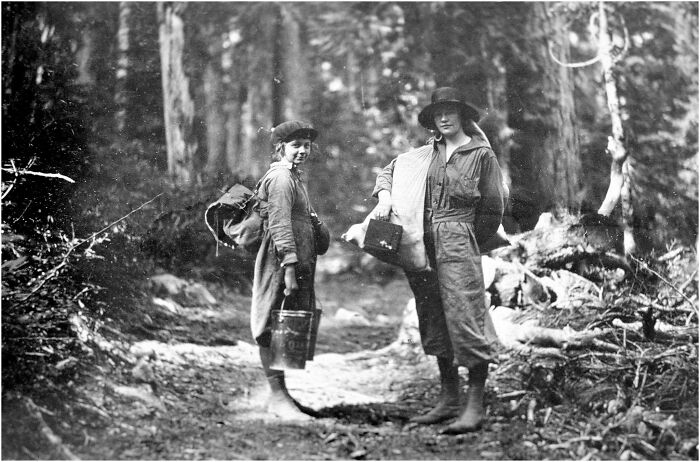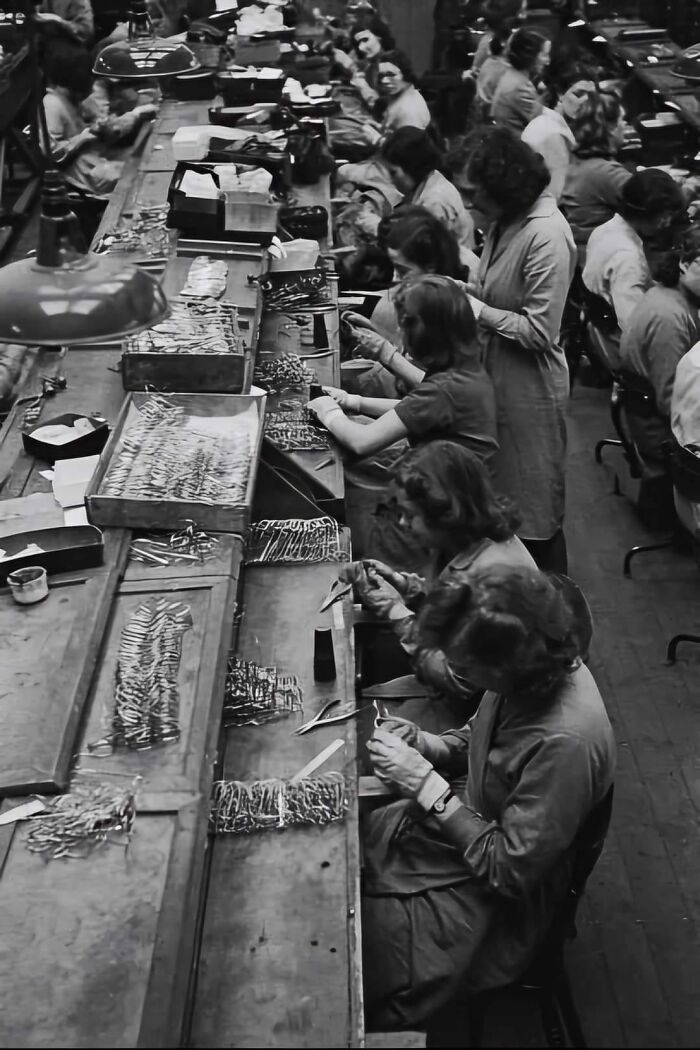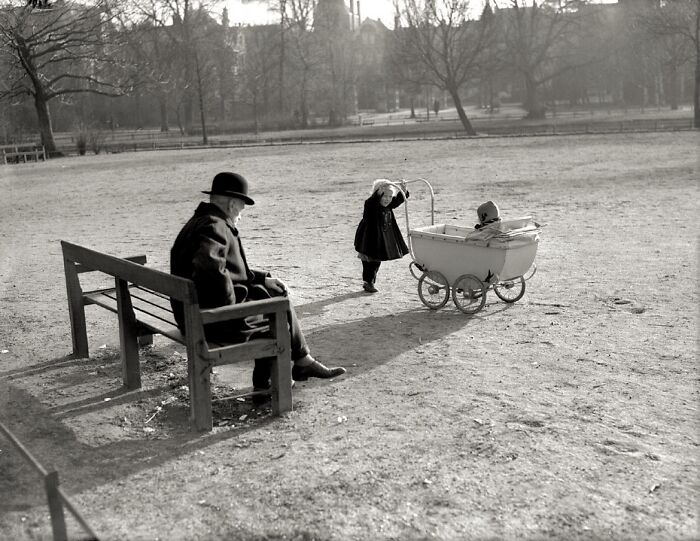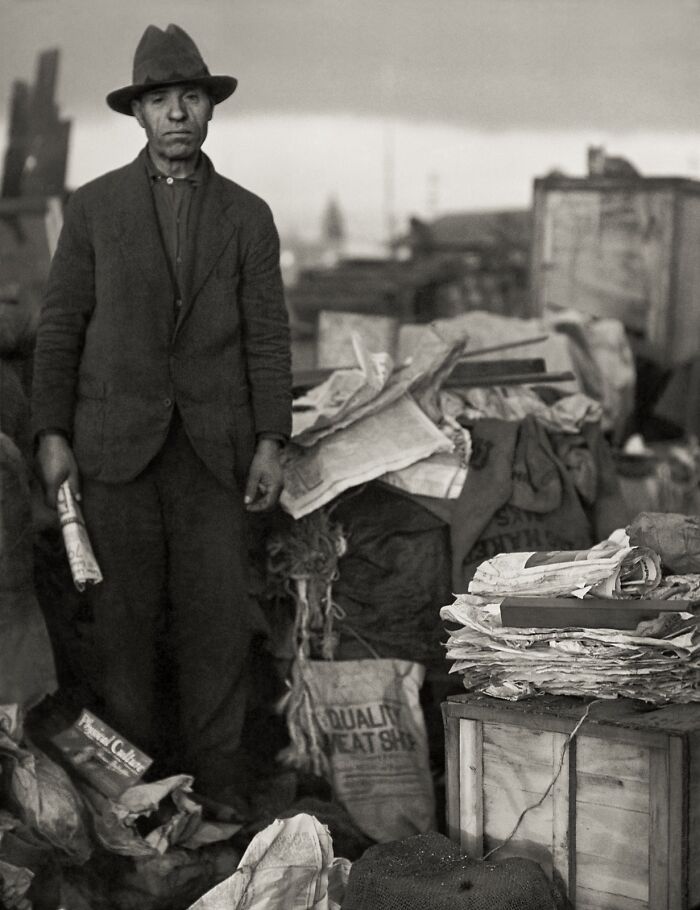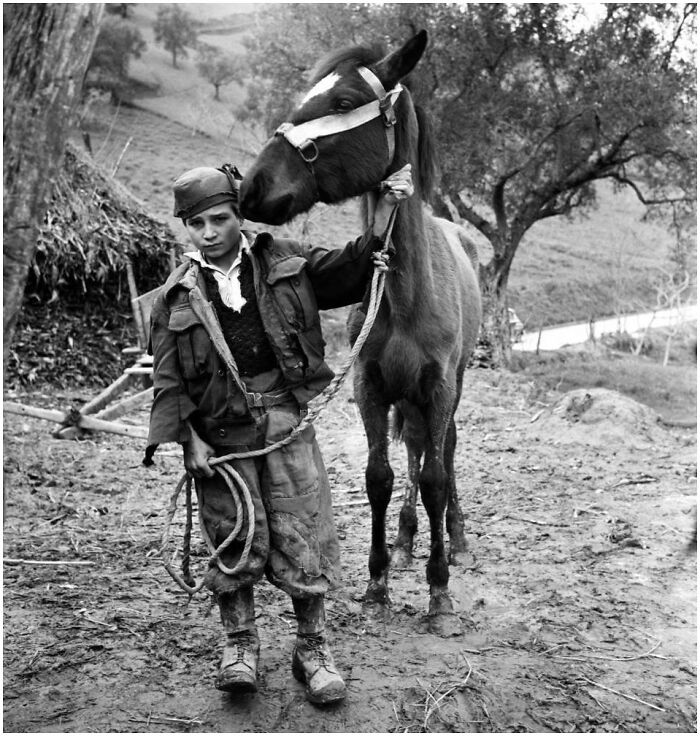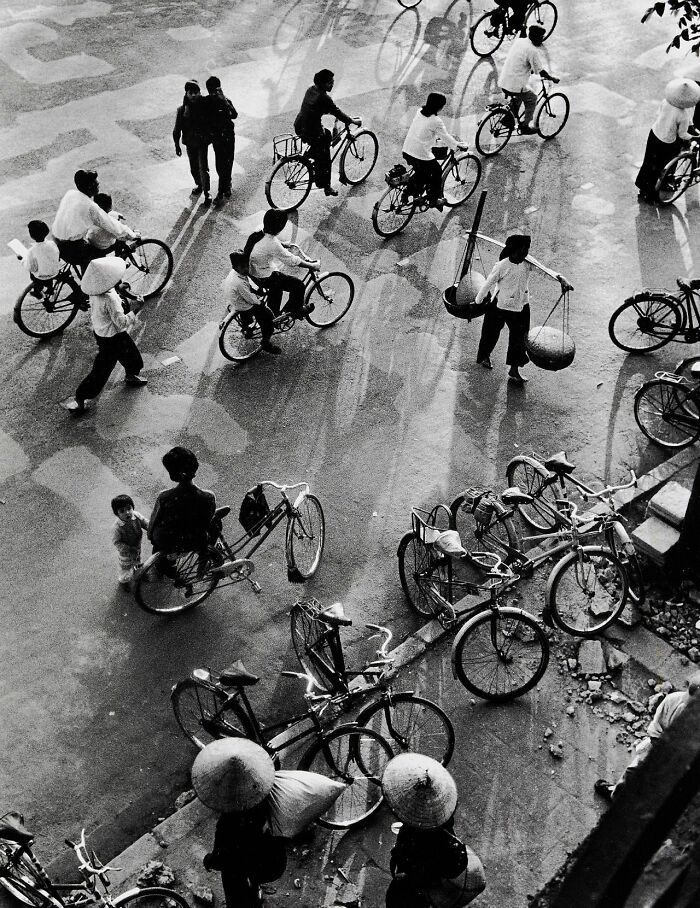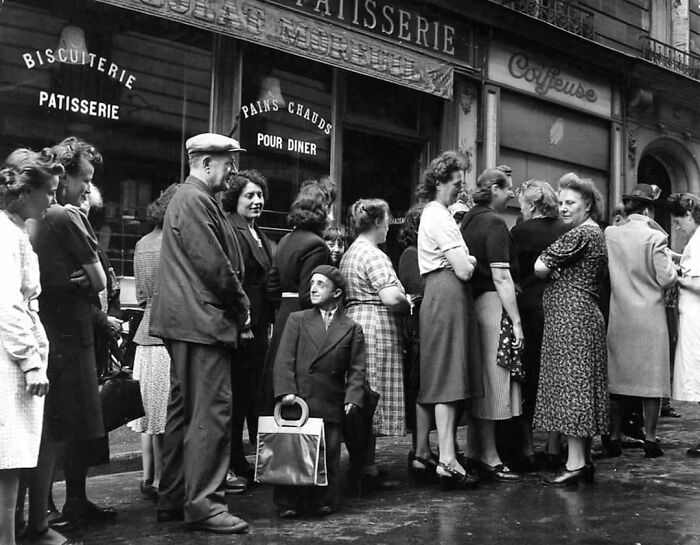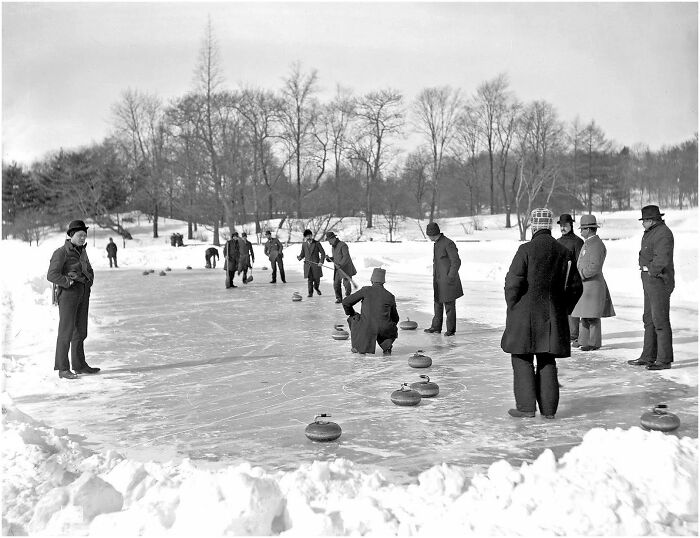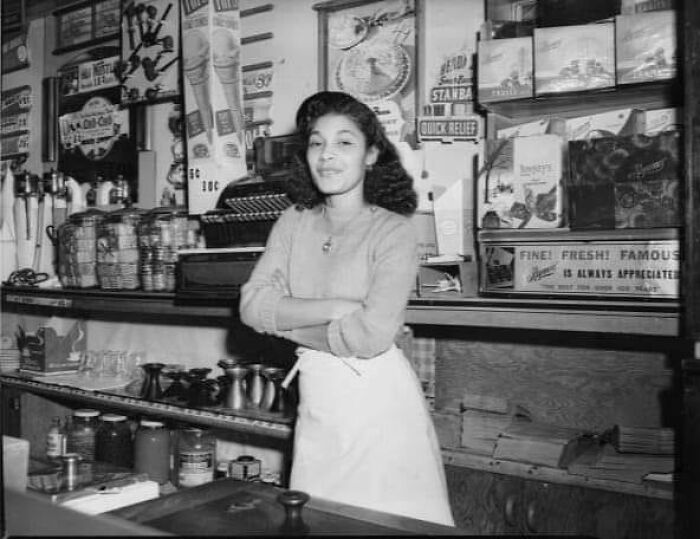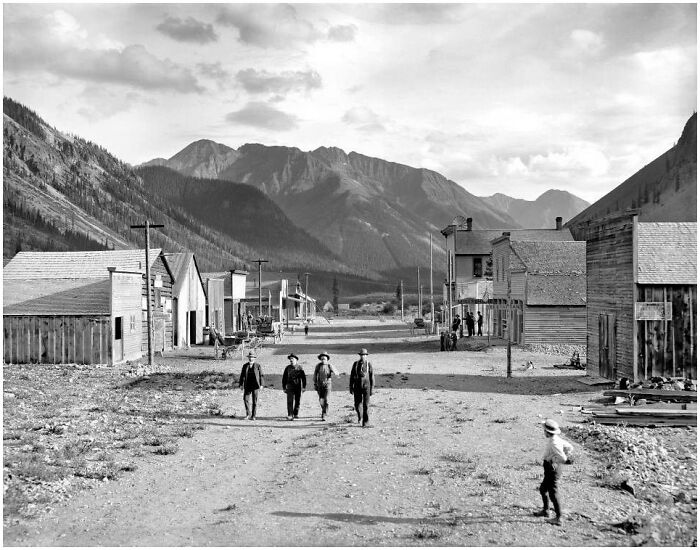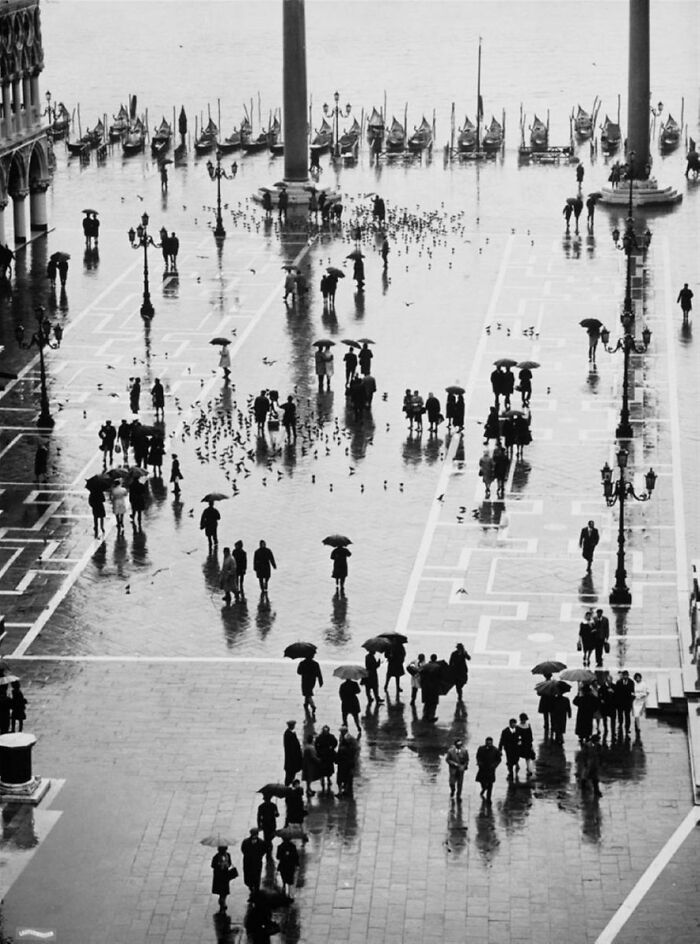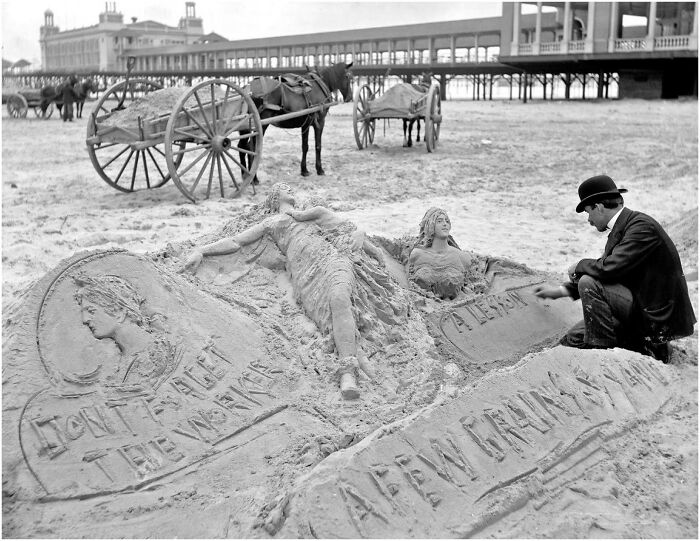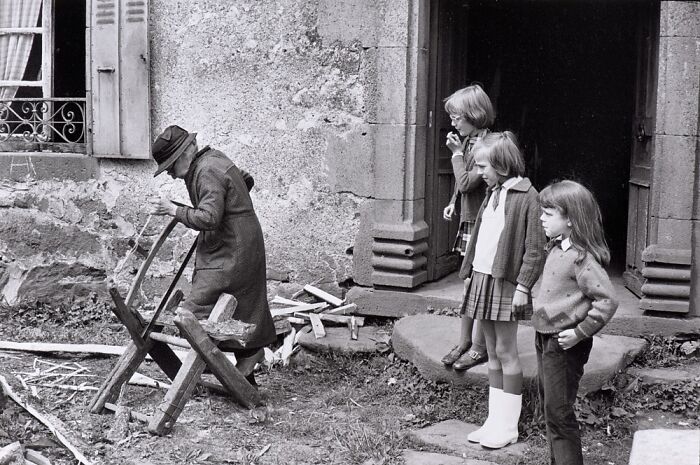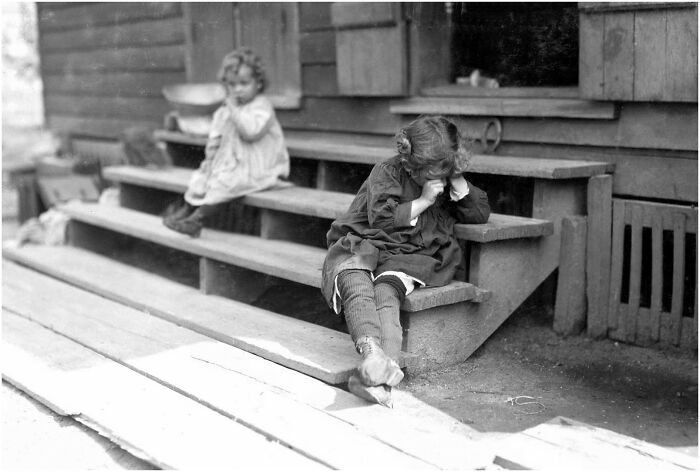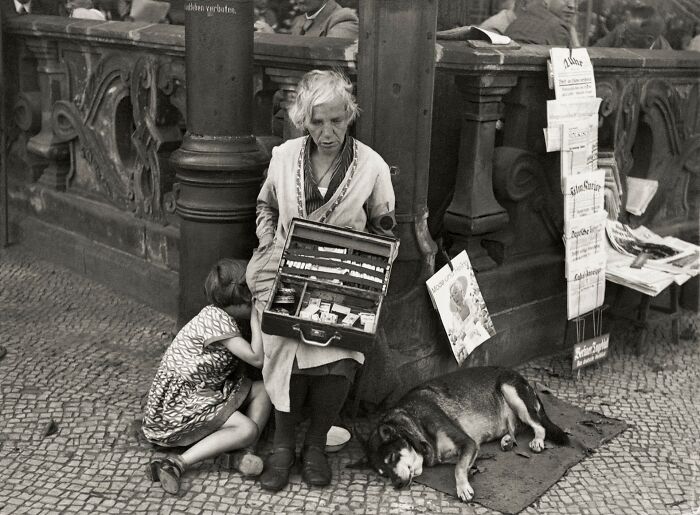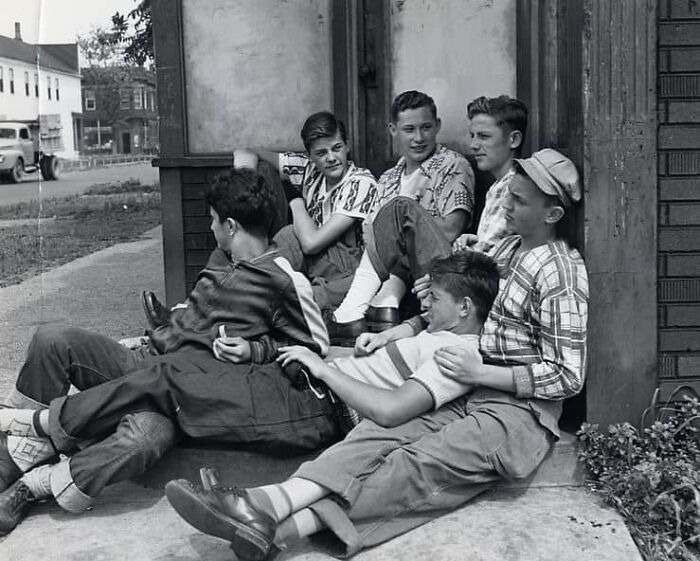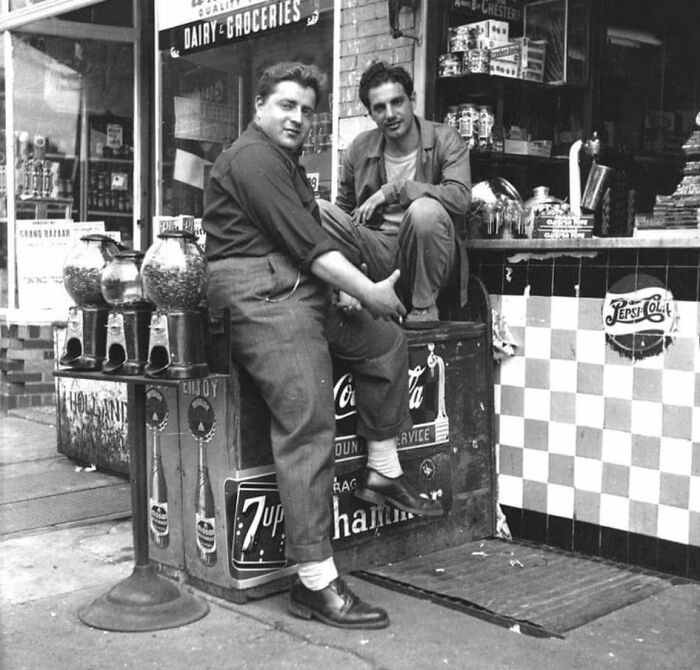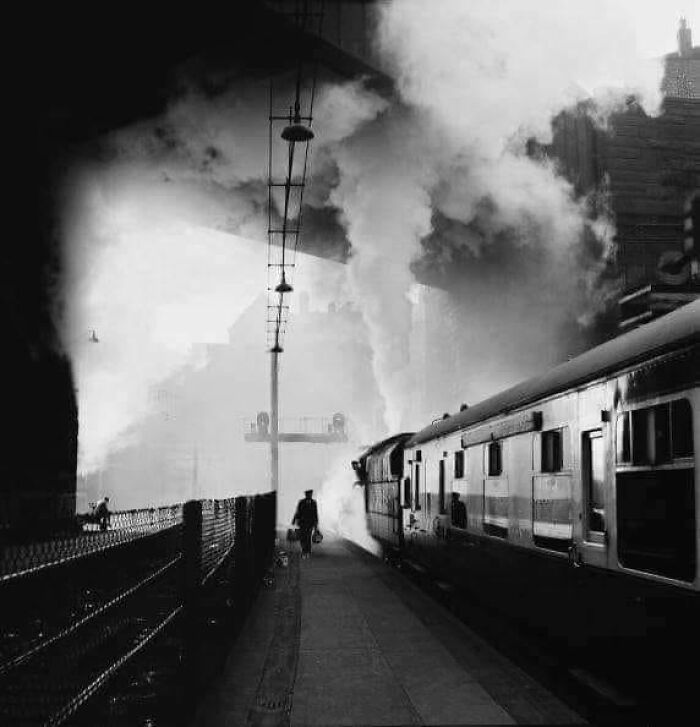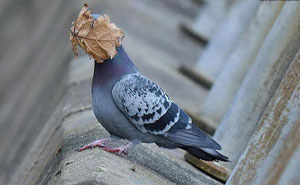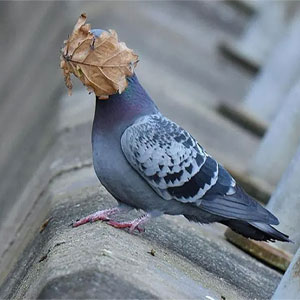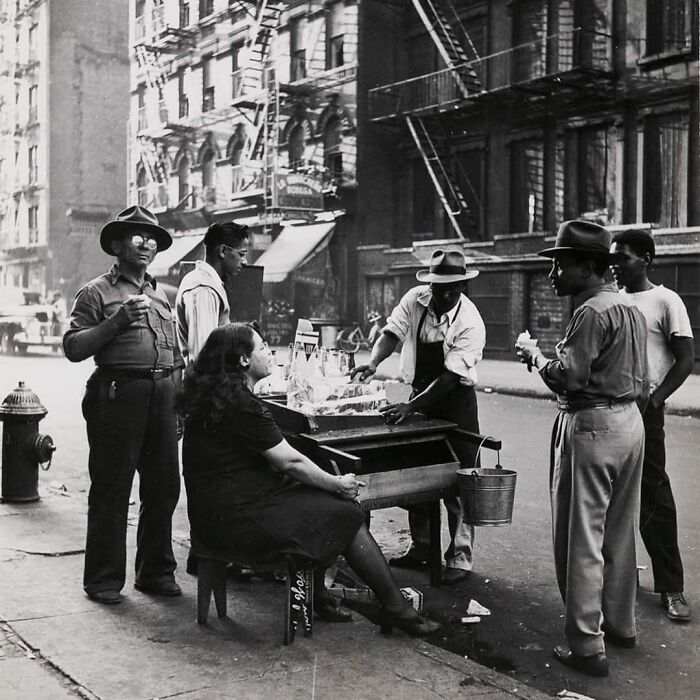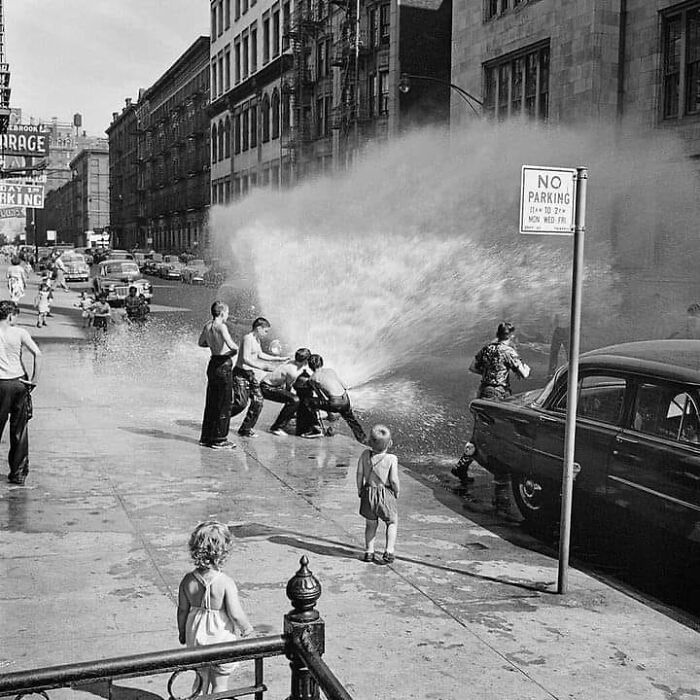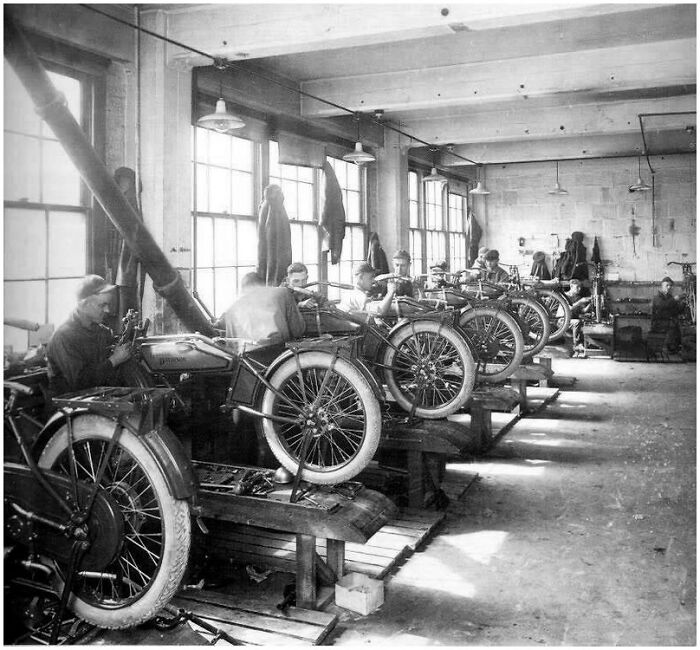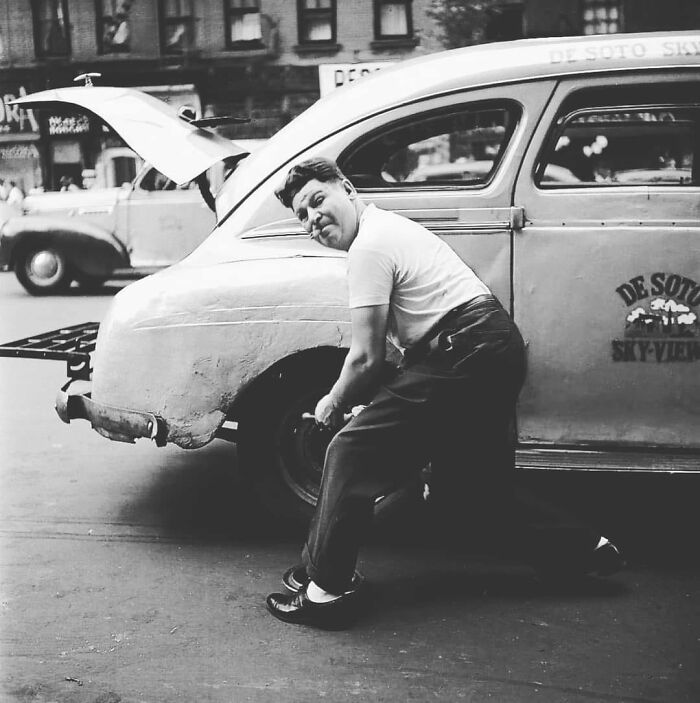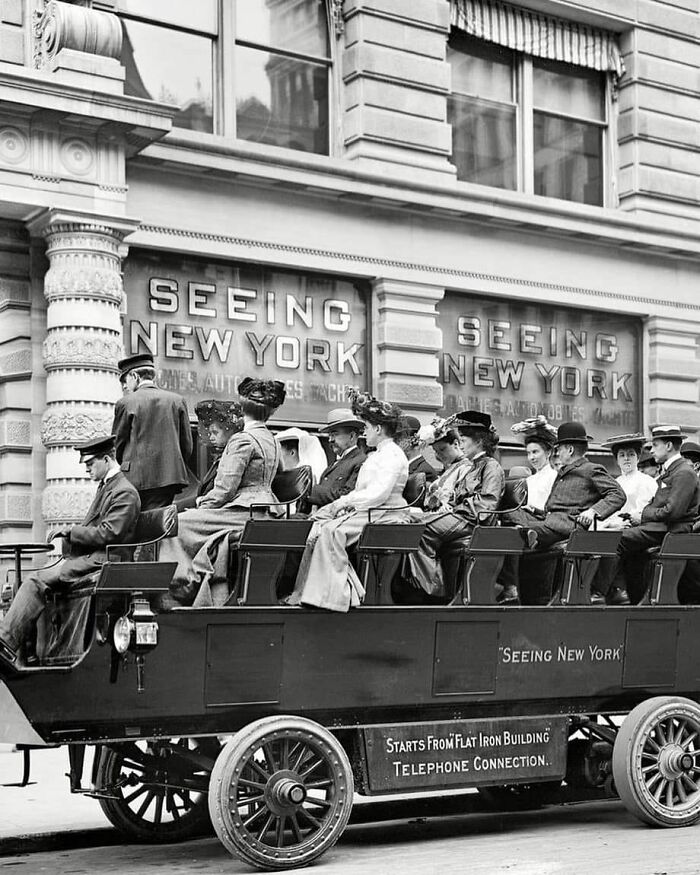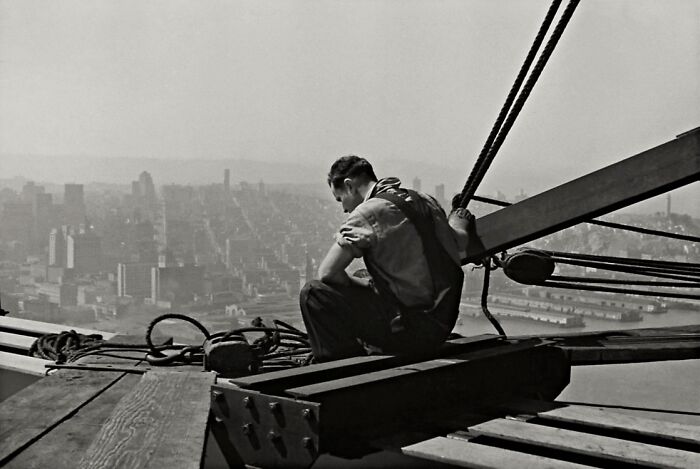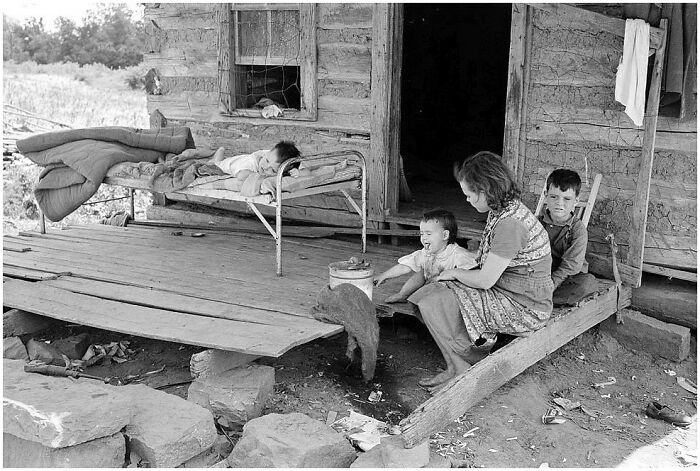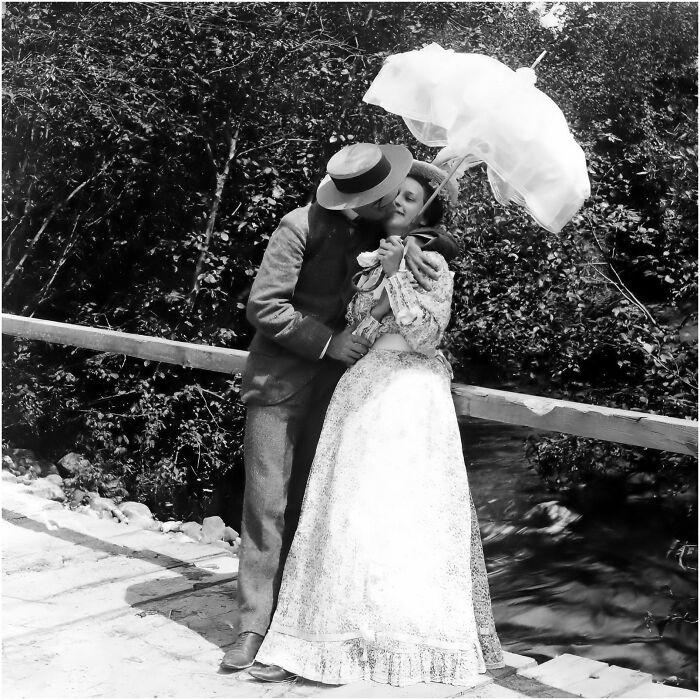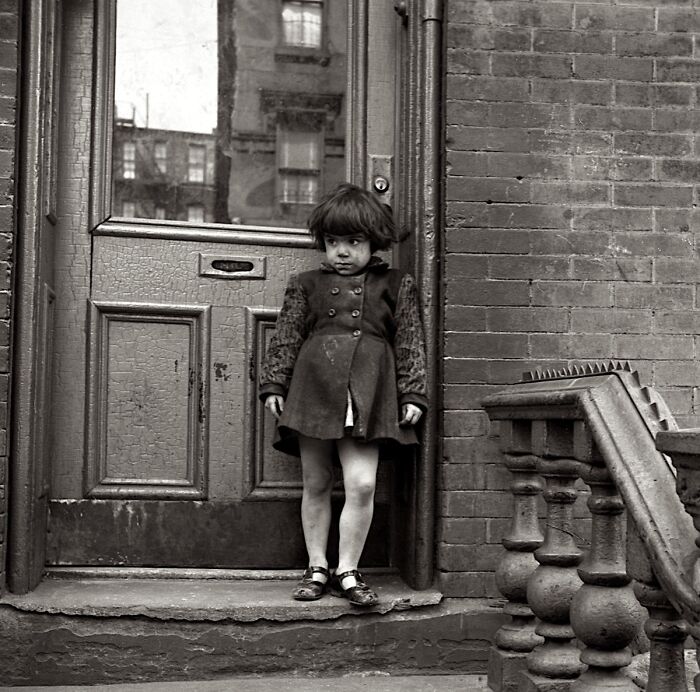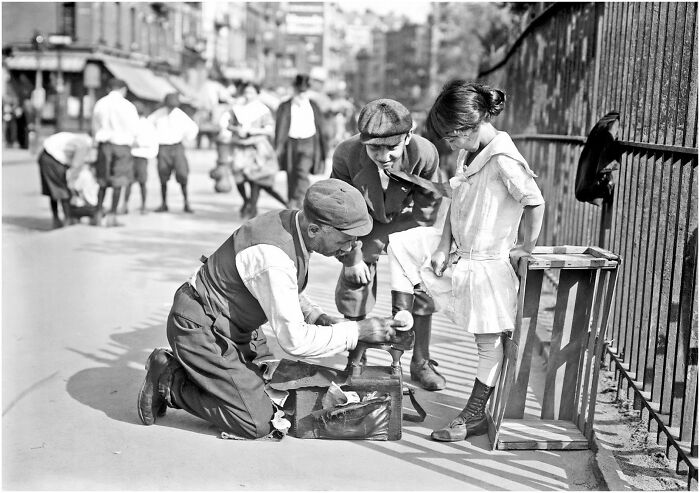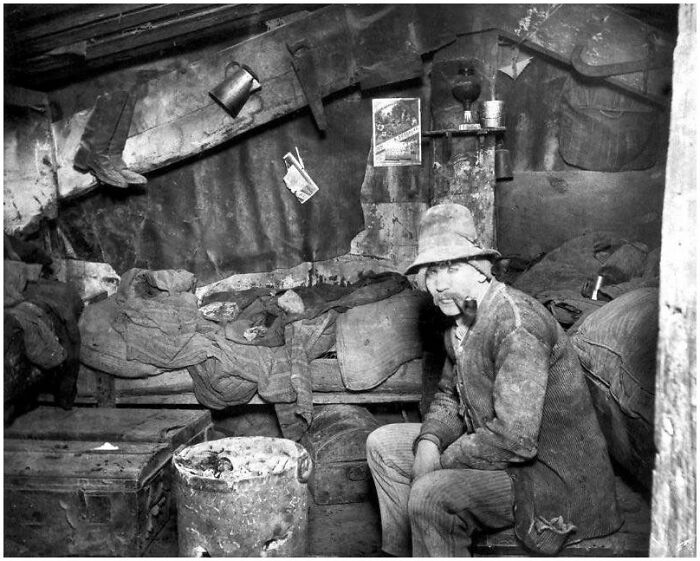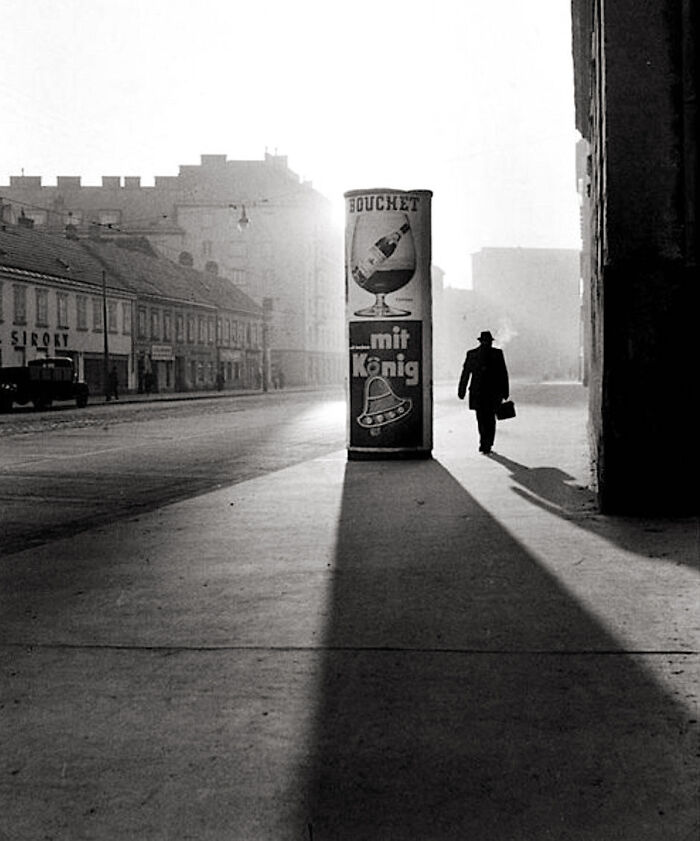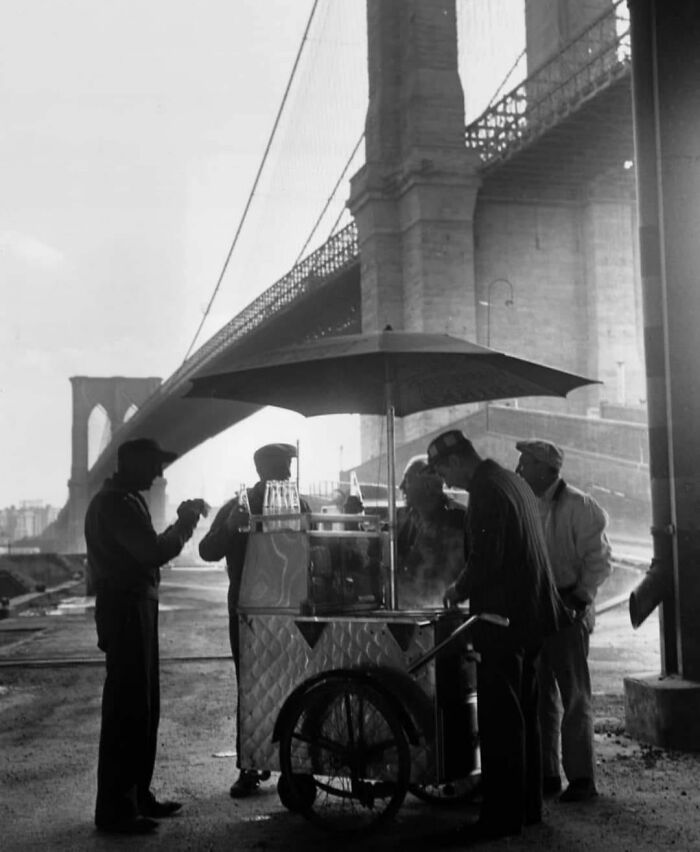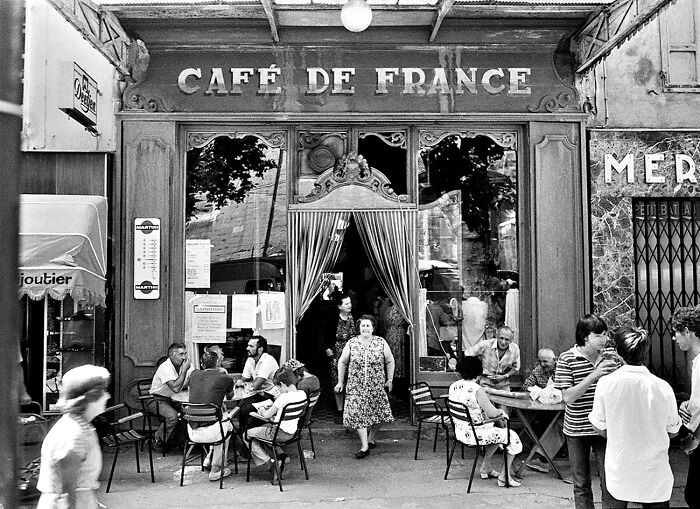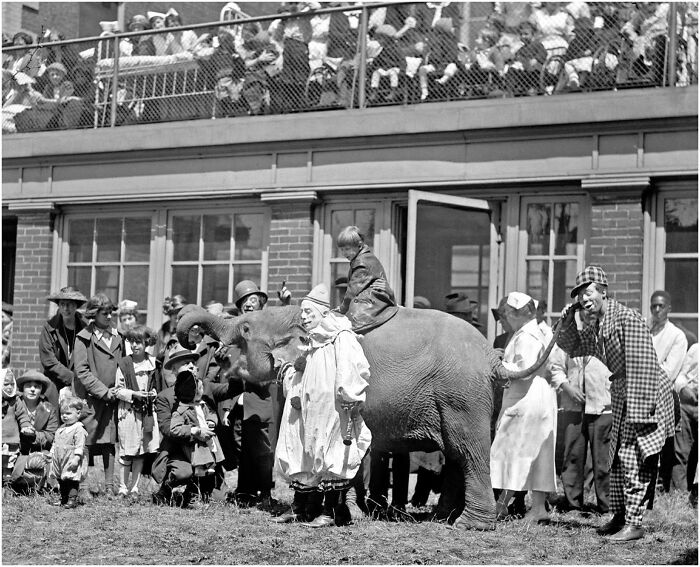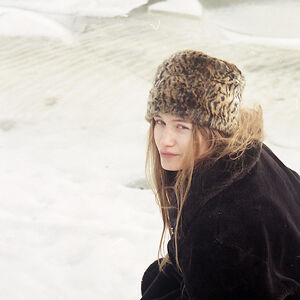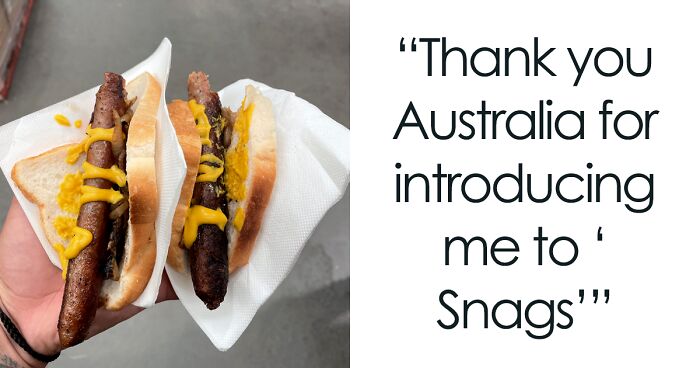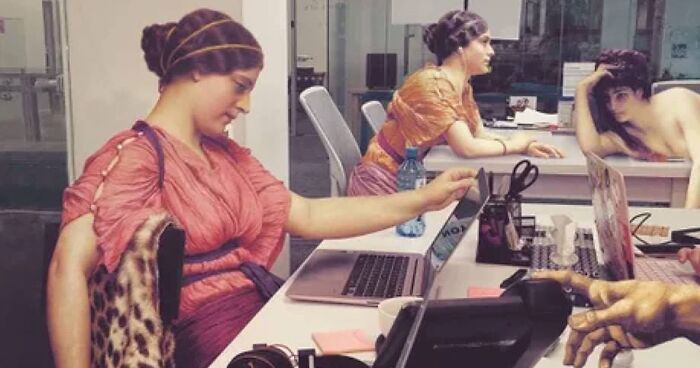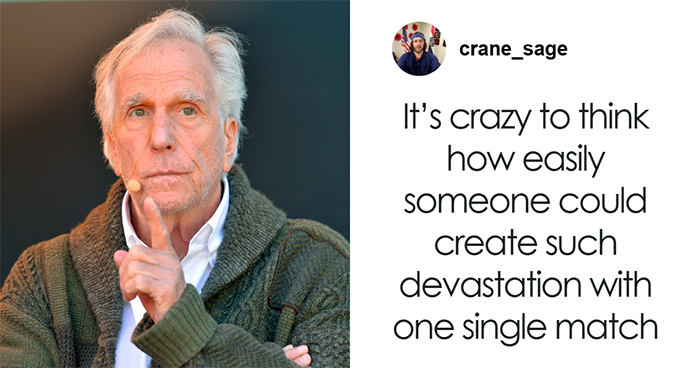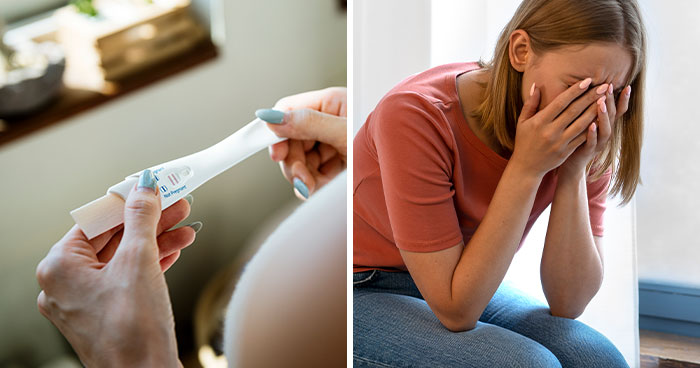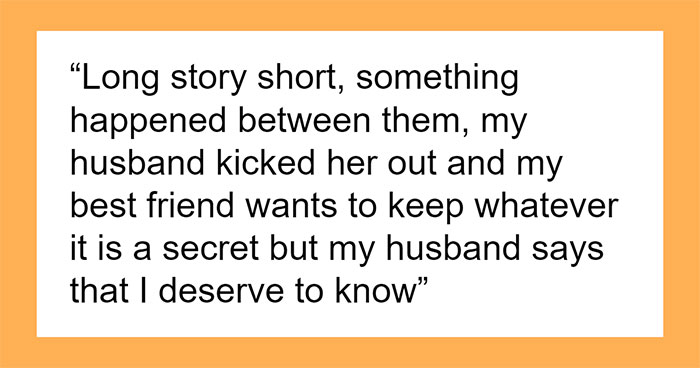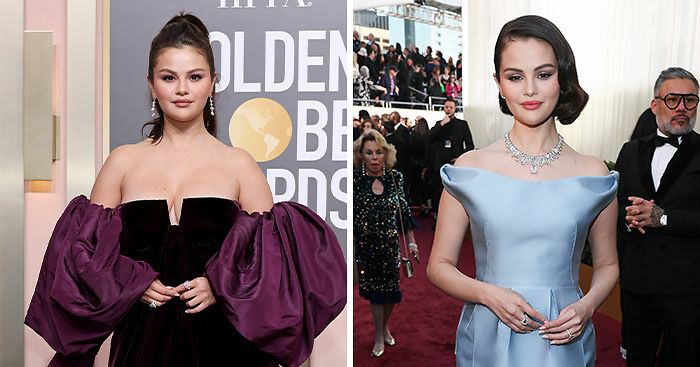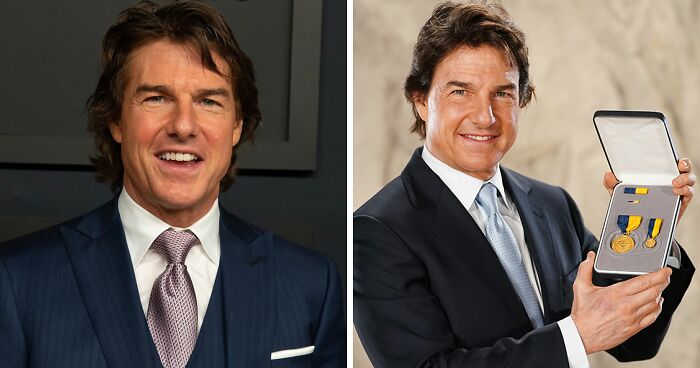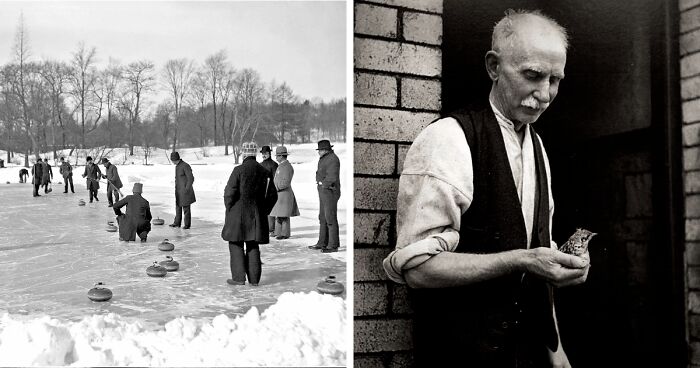
This FB Group Shares Historical And Vintage Photos And Here Are 50 Of The Most Fascinating Ones
Imagine a world without photographs. There's so much we might never have "seen". Thanks to the invention and evolution of the camera, we have pieces of the past frozen in time. We are able to "experience" places we've never been. And we can share parts of our lives with strangers, in an instant.
Nowadays, almost anyone can be a photographer. An amateur one anyway. And you don't even need to carry a camera or professional equipment. A mobile phone with photographic capabilities will do just fine. But it wasn't always that way.
A group of highly talented photographers came before us, paving the way as they played with light around them. Facebook page History Photos Sealed In Time is a gorgeous gallery of "historical and vintage photos from around the world". Bored Panda has put together a list of our favorites. Keep scrolling for a captivating journey through the days of darkrooms and daylight color film. And learn a bit more about the days before digital photography.
This post may include affiliate links.
Tricycle Gang In Brooklyn. New York City (1930s)
A Danish Zookeeper Waters The Emperor Penguins On A Hot Summer Day In 1957
My mind keeps telling me that they're about to burst into song. I can actually feel the rumble preceding the first note!
Man In Fog, London - 1935 Photo By Arthur Tanner
The first ever photograph is known as “Window at Le Gras”. It came to life in 1826, when a French inventor set up a camera obscura to capture the view outside his window. "Camera obscura" is a Latin phrase, which literally means dark room. The National Gallery Of Art defines camera obscura as "an optical device that creates an image by focusing rays of light onto a screen or sheet of paper".
In essence, Nicéphore Niépce created the first camera that could properly capture an image and seal it in time. He had been playing around for a while. But at first, his images didn't "stick". In the early phases, he experimented with how a negative image could be created on paper coated with silver chloride. But those would always end up fading.
Girls Playing Jump Rope, Chicago, 1950 - By Marvin E. Newman
A Heavy Load - Sioux. Edward S. Curtis, 1908
That picture could have been taken in any country of the world. The clothes would have been different, but a woman, often an old woman, stumbling under a heavy load of firewood, used to be a universal sight on all continents. Tending the hearthfire was a woman's job.
Farm Life Of Western Norway - 1890s
After much trial and error, and several later chemical explorations, he finally got it right. He discovered that a certain film mixed with pewter could produce permanent photographic images when exposed inside a camera obscura. Niépce called this process ‘heliography’.
His first photo was a view from the window of his estate in Burgundy, France. It required an exposure time of around 8 hours. And while Niépce's images were blurry, they paved the way for the sharper, more professional photographs we can enjoy in this compilation.
Christmas In London - 1948
🎶 Oh Christmas Tree, Oh Christmas Tree. How lovely are thy branches 🎵
Racecourse On Norderney Island Four Ladies In White Dresses On The Turf, Germany, 1908 - By Otto Haeckel
The Face Of The Custom House Clock In Boston Was Repainted By A Worker In 1976
It would be a few more years before photography could become accessible to the public. A big room wasn’t exactly the most practical tool for most people. When Niépce died in 1833, his protege Louis Jacques Mandé Daguerre took over. Thanks to him, the world was introduced the first ever portable camera in 1839.
In Amsterdam, Holland, In 1953, A Milkman Was Seen Peddling His Dairy Products, Providing Fresh Milk And Other Essentials To The Community
Man With Bird, Tyneside, England, Ca. 1937 - By Edith Tudor Hart
Photo By Russell Lee - New Madrid County, Missouri. Child Of Sharecropper Cultivating A Field - 1938
"A forerunner of the modern camera, the camera obscura consisted first of a room, then later of a portable box with a small opening in one side," reads the National Gallery of Art site. "Light reflected by objects in the natural world enters the box through a lens set into the opening and projects an image onto the opposite surface. The image, like one formed on the retina of the eye, is upside down and reversed.
In Whitechapel, London, A Young Person's Eyes Wander Longingly Over The Freshly Baked Goods In A Bakery Window During The Financial Hardships Of The 1930s
Ladies Sharing An Umbrella, London, 1959
L'uomo Che Corre. Paris, Photo By Sabine Weiss, 1953
Daguerre called his box camera the "Daguerreotype". It had plate inside, coated with a thin film of silver iodide. The plate had to be exposed to a few minutes or hours of light to produce an image. It was then treated with mercury vapor and hot saltwater to remove the silver iodide.
And voila! A permanent image, or daguerreotype, was left behind. But the images were still all mirror images, or in reverse. After trial and error, Daguerre managed to reduce the exposure time to just a few seconds. It was a turning point in the history of photography, and catapulted cameras into the commercial arena.
Passengers In Railway Station, Germany, 1940’s - By Paul Wolff
It rather depends on which half of the 1940s this is, as to how I feel about it.
A Bench From Out Of Youth, 1970 - By Andrei Knyazev
Laugharne, Wales, Photo By Philip Jones Griffiths, 1959
Laugharne is relatively local to me and I have ancestors from the town. This was taken in an area known as The Grist. Just out of shot is a Celtic cross. The buildings are all still there today. The one on the left is a cafe/gift shop, the one in the middle is a fish and chip shop/pub and the one on the right is a convenience store.
Back then, photographers could work on one print at a time. But William Henry Fox Talbot soon changed the game. He came up with what's known as the calotype process. It allowed photographers to create a negative, and use it to produce multiple prints at a time.
Following that was George Eastman’s creation of the first roll of Kodak film in 1889. Suddenly people could take multiple photos one after the other. And photographs didn’t have to be individually processed. It was the beginning of snapshots, as we know them now. When Thomas Edison later added perforated edges, we were gifted with the 35mm format that dominated the industry for years to come.
Experienced Ticker Tape Operators Diligently Working On The New York Stock Exchange In 1915, Ensuring Precise Monitoring Of Market Activity
Chorus Girls Reading On The Set Of You Can’t Have Everything, 1937
"The Camera Is An Instrument That Teaches People How To See Without A Camera" - Dorothea Lange
The first 35mm camera was introduced in 1925. The compact Leica was a far cry from the big, bulky box cameras that photographers had to lug around before. And as more people experimented over the years, we finally saw color film enter the fray.
Kodak was once again on the frontlines of film advancement. And released Kodachrome in 1936. Unlike monochrome, or black and white, the film had multiple layers and allowed photographers to bring their work to life with a range of vibrant colors.
Photo By Cecil Beaton - Tilly Losch (1930’s)
Women Factory Workers In A Cotton Mill In Lancashire, England, Circa 1908
Rhine River Boat Transporting Whisky, Düsseldorf, Ca. 1957 - By Leonard Freed
Polaroid pictures added a whole fun, new element to photography. In a world where instant gratification reigns supreme, people were now able to snap and see their pics instantly. The invention of the first instant camera by Edwin H. Land in 1848 was met with much excitement. Many decades later, Instagram launched with a logo of a Polaroid camera.
Farmer Walking In Dust Storm. Cimarron County, Oklahoma Circa 1936
Little Sarakatsana Spins Wool, 1940's - By Takis Tloupas
The Great Flood Of 1910 In Paris, France
Photo By Leonard Freed - Farm Women, Bay Of Naples, Italy 1958
Mailbox Attached To A German Tram, Postman Empties The Mailbox. Berlin, 1920
Jeez, the way those men are glaring at the camera! Either they are ticked about war reparations or the photographer owes all of them money!
Carrer De Les Basses De Sant Pere, Barcelona, 1946 - By Otho Lloyd
Unemployed Miner Returning Home From Jarrow, England, 1937 - By Bill Brandt
The Jarrow March was a protest against unemployment by around 200 men from Jarrow, Northumberland, who walked to London to deliver a petition to the House of Commons. Mostly they weren't miners, but shipyard workers, following the closure of the shipyard which was the main source of employment in the town.
Rue Mouffetard, Paris, Ca. 1945 - By Brassaï
Liverpool, Photo By By Paul Trevor, 1975
Teachers Training Students Of The Royal Dance Academy At Fairfield Lodge In 1949
Paris, 1952 - By Édouard Boubat
A Sears Roebuck Catalogue Assembly Line In 1942
Quai Du Louvre, Paris, Photo By Marcel Bovis, 1946
A Lady Sold Hot Chestnuts In Soho, In The West End Of London, England, In 1935
The Sonter Family Packing Fruit, Ray Road, Epping, Sydney - 1911 By Rex Hazlewood
Photo By Gianni Berengo Gardin, 1953
Nuns, Rio De Janeiro, 1955 - By Ormond Gigli
Alla Nazimova And Rudolph Valentino In Camille - 1921
Girls Picking Huckleberries - 1920s
In 1940, Factory Workers In London, England, Produced Spectacles Compatible With Gas Masks
My partner and I are both near legal-blindness and would have suffered terribly from our lack of vision without these special spectacles. We make jokes about how we would not be survivors before spectacles were invented

 Dark Mode
Dark Mode 

 No fees, cancel anytime
No fees, cancel anytime 


